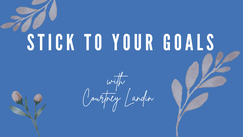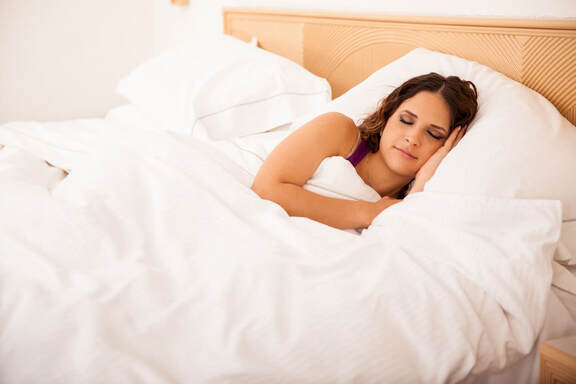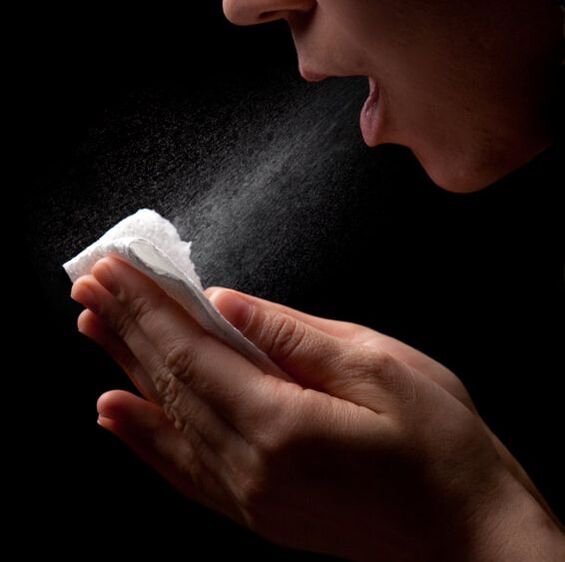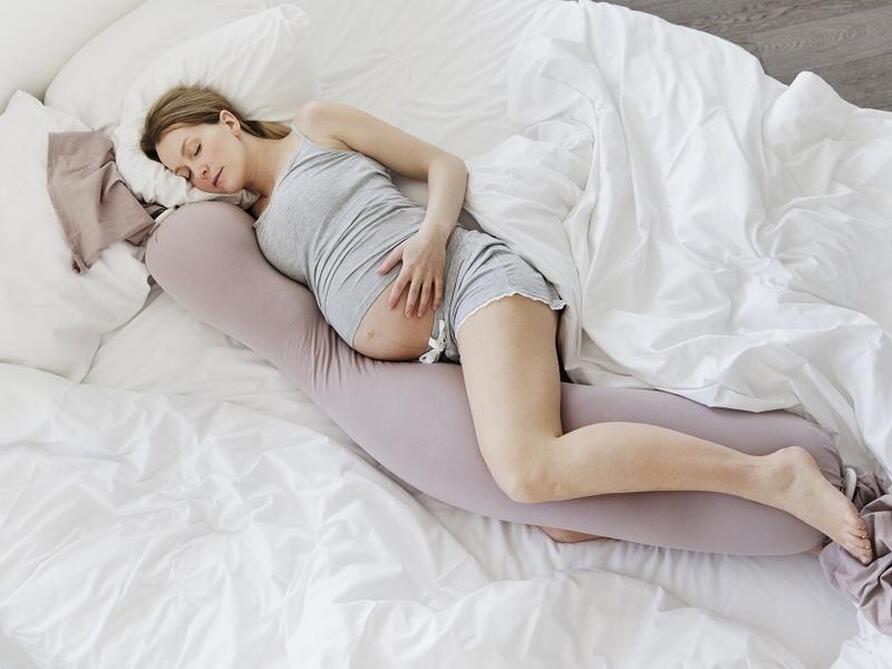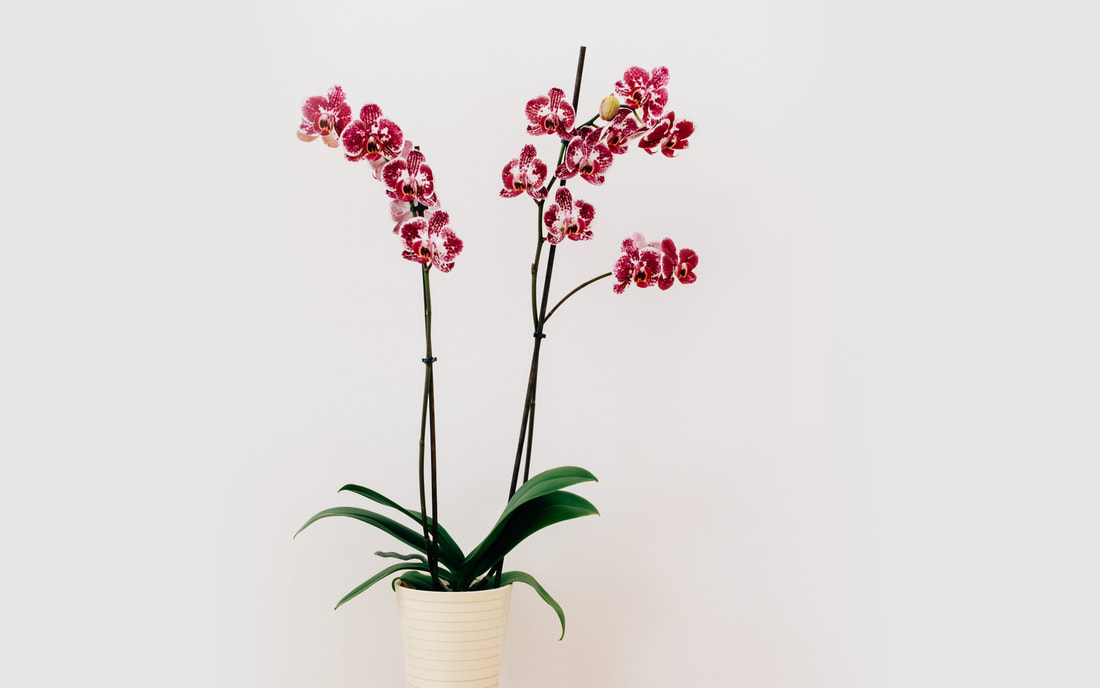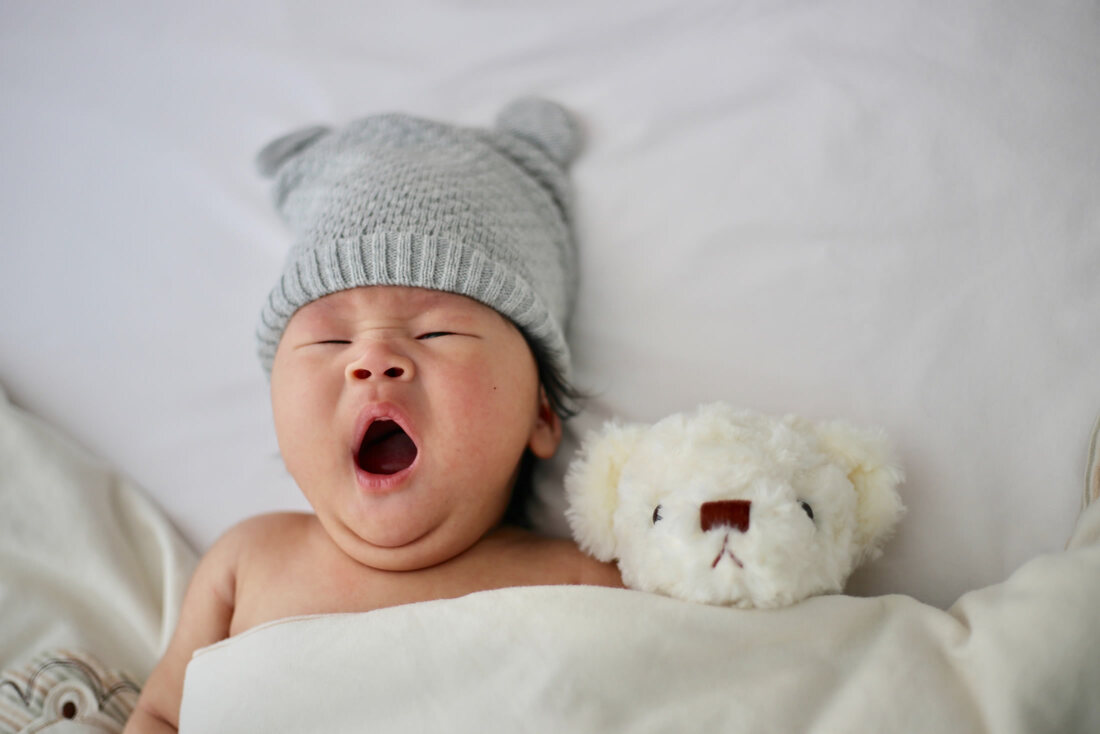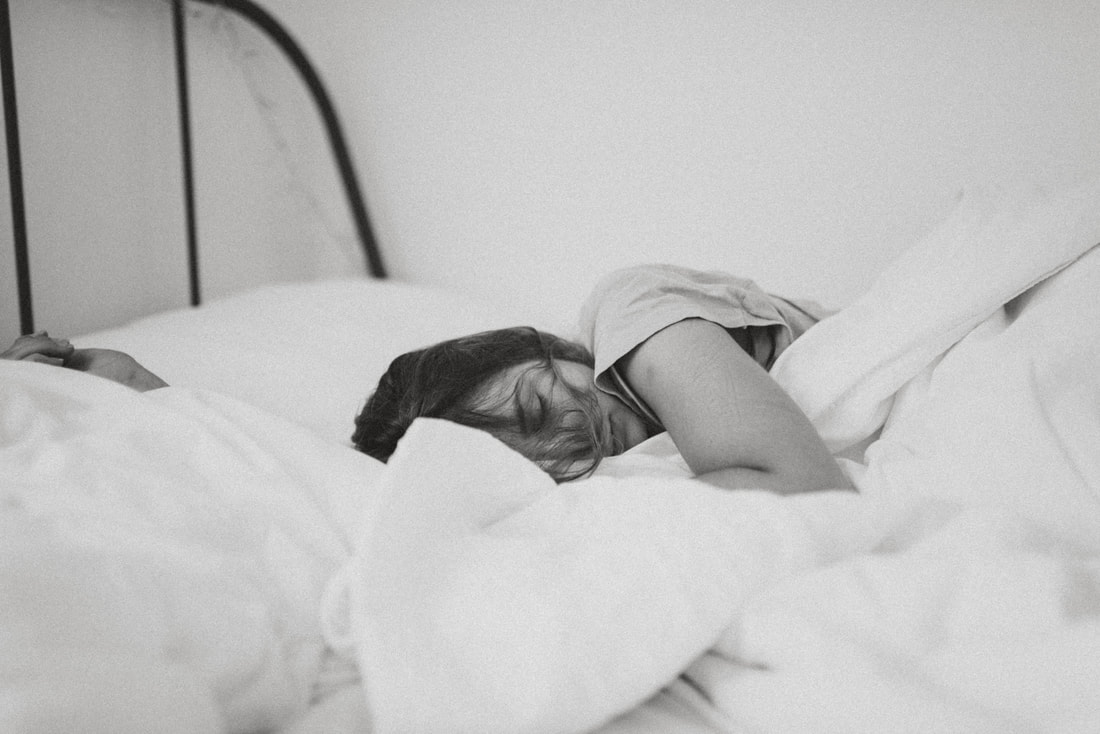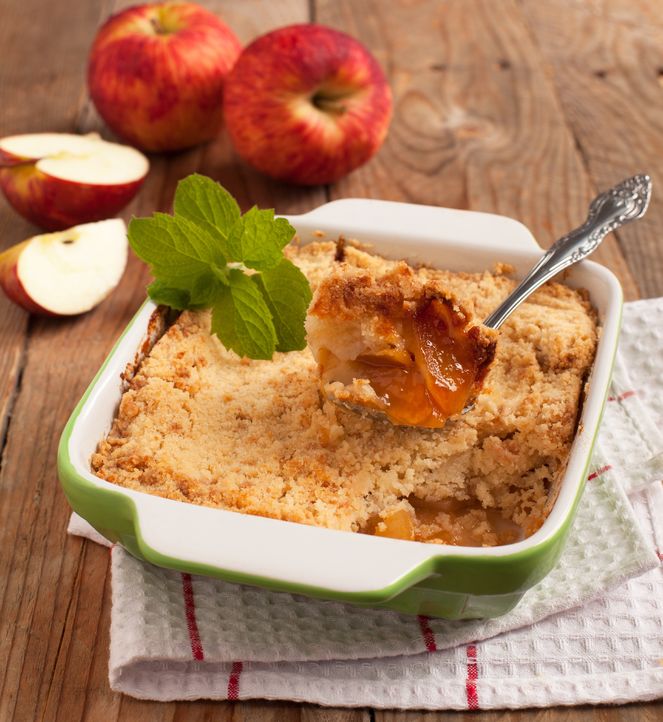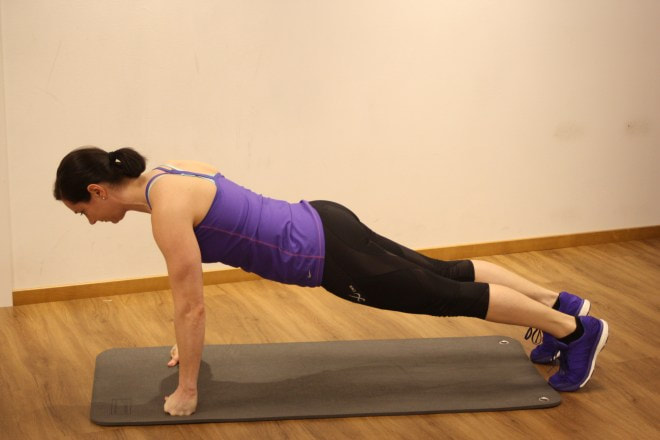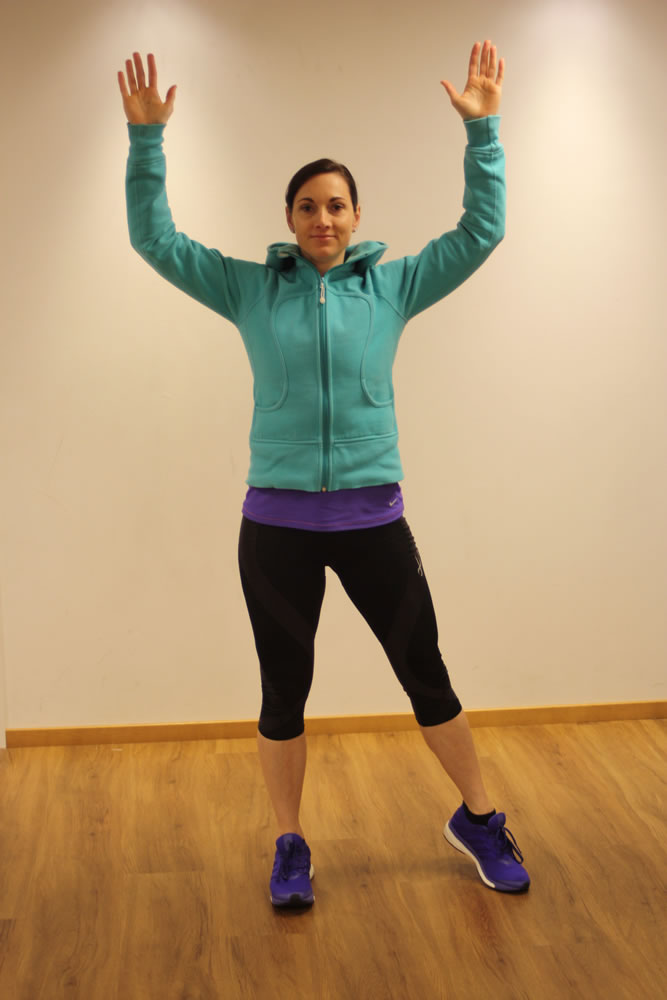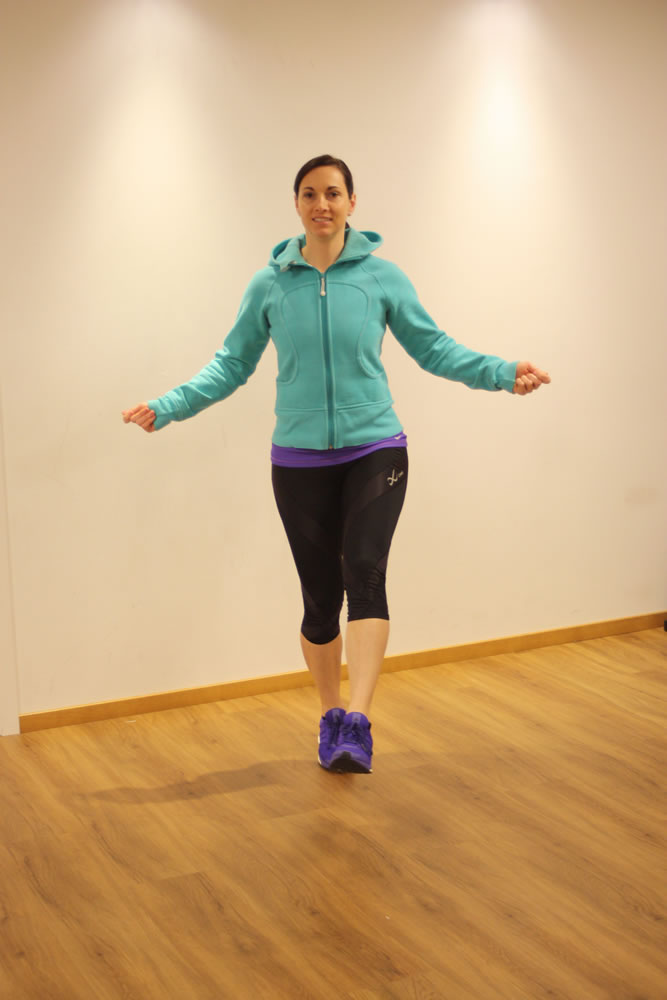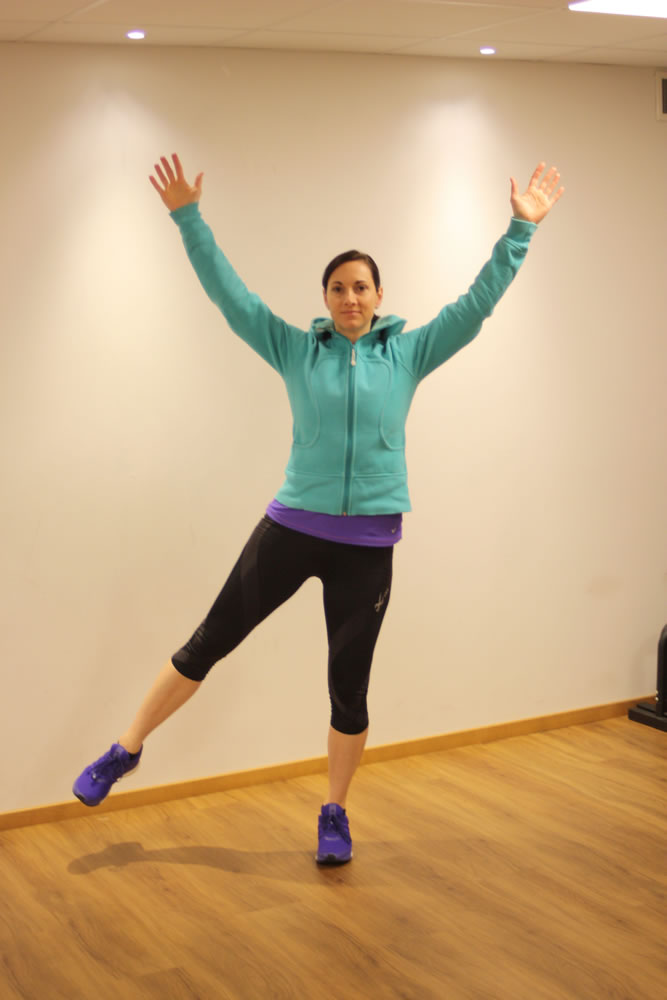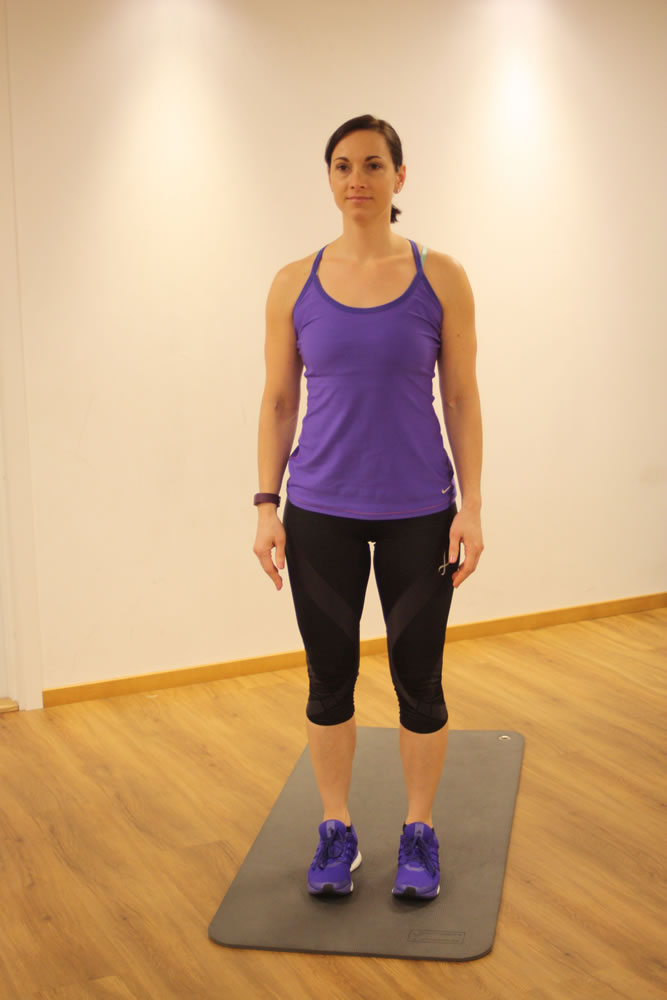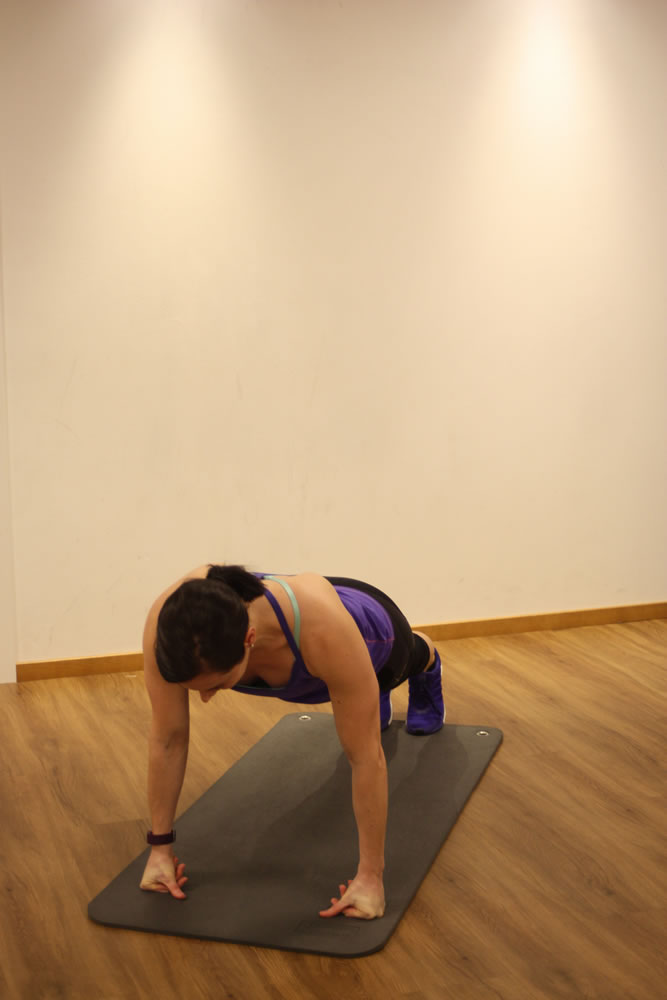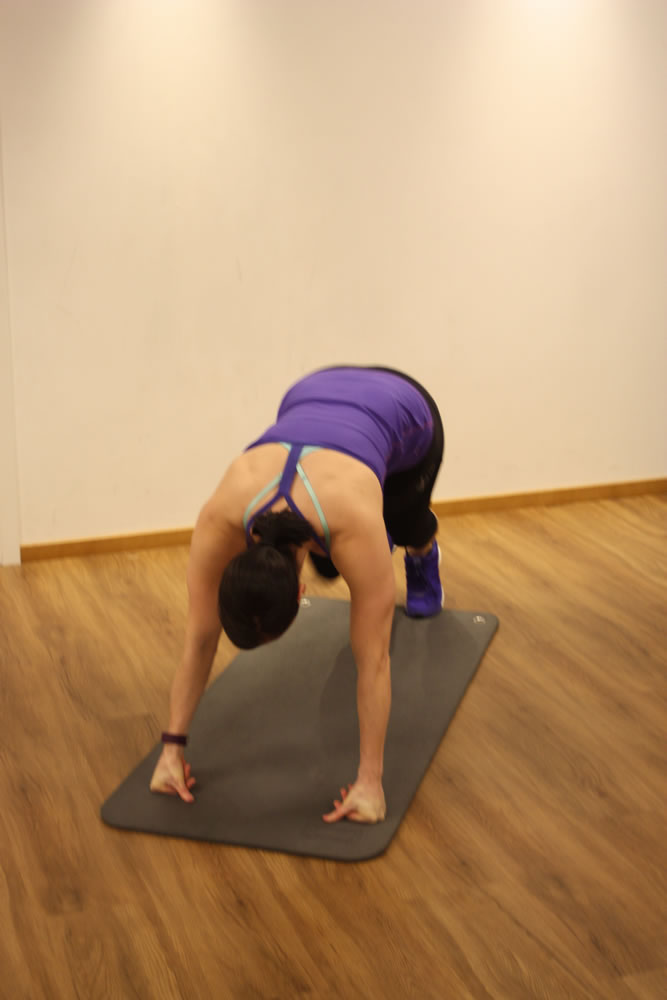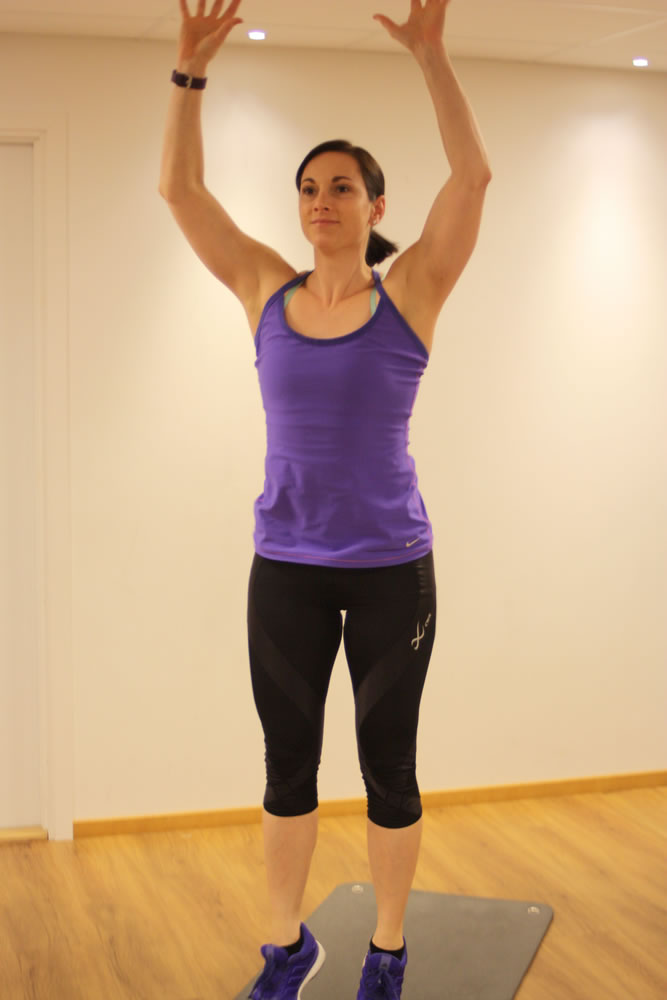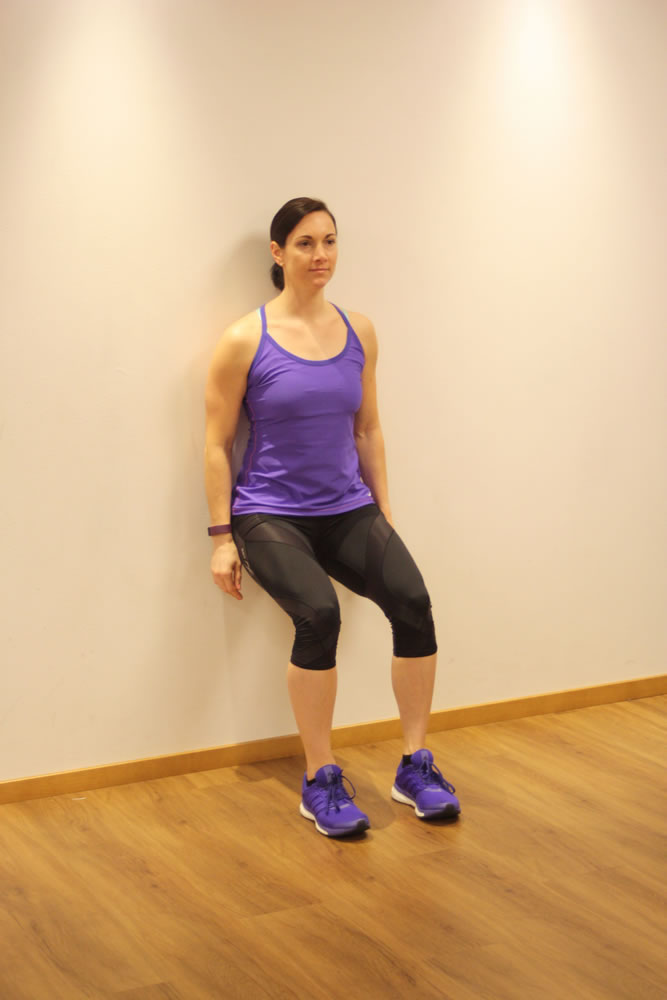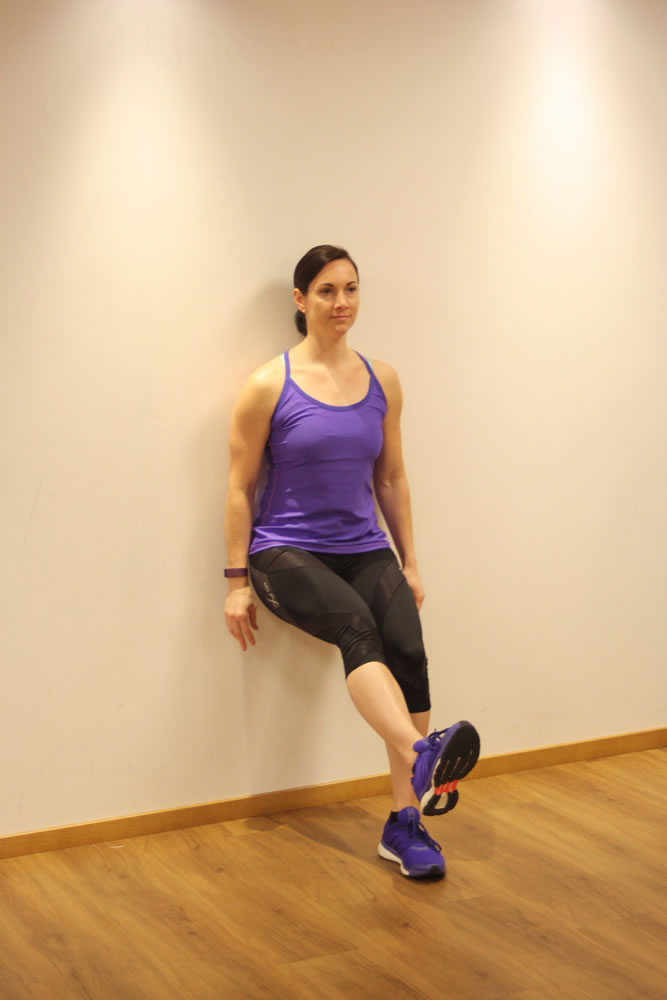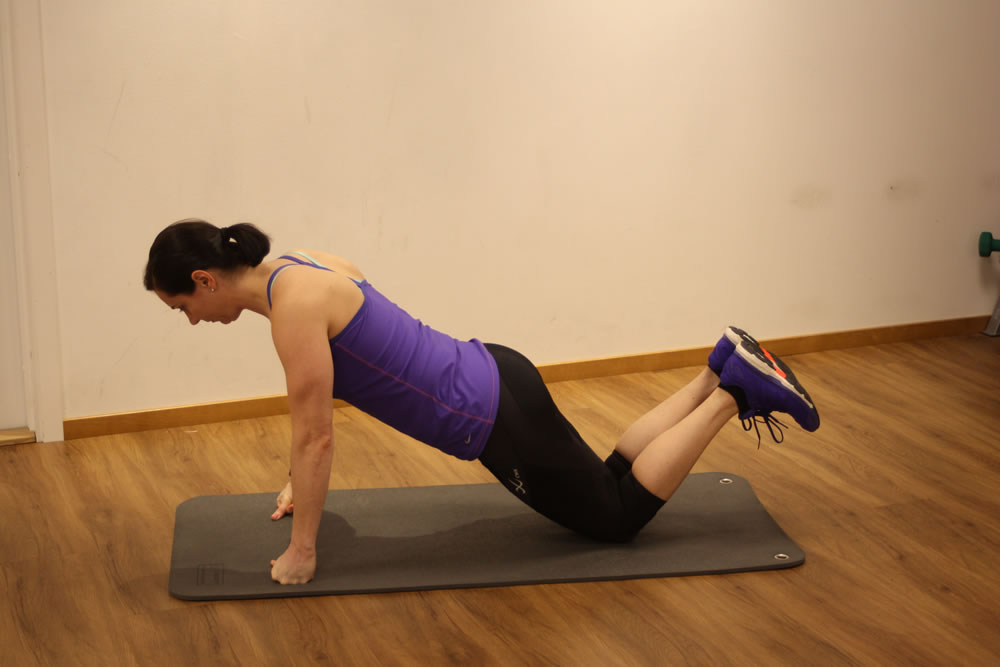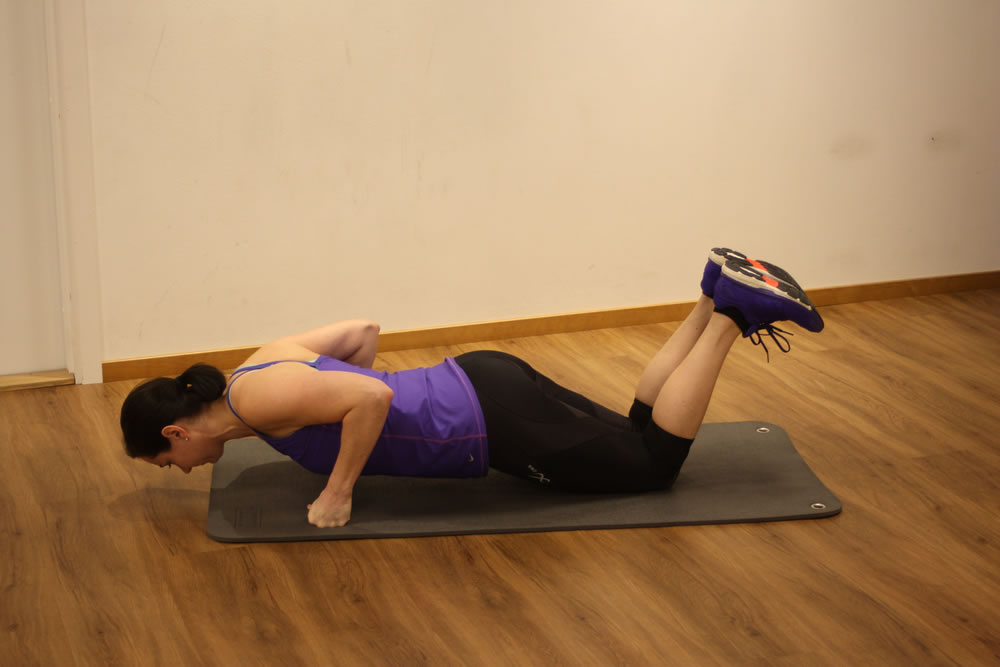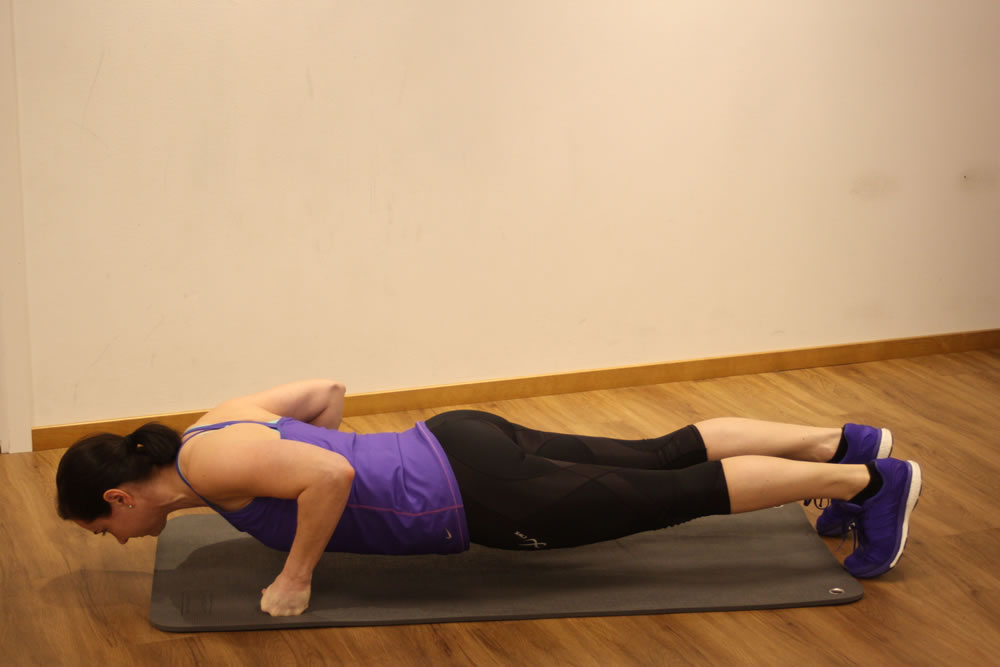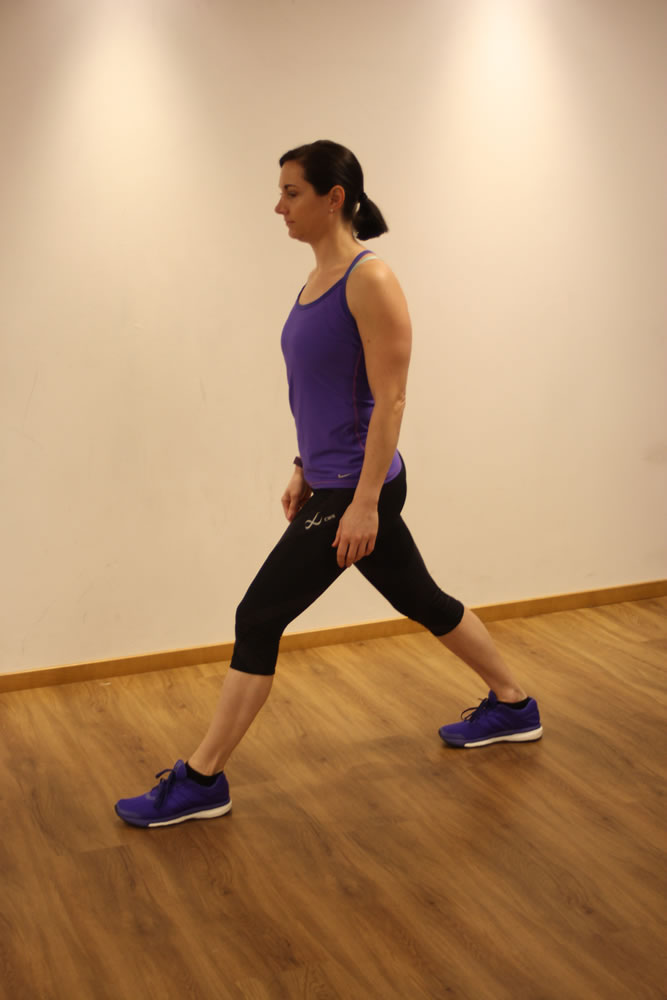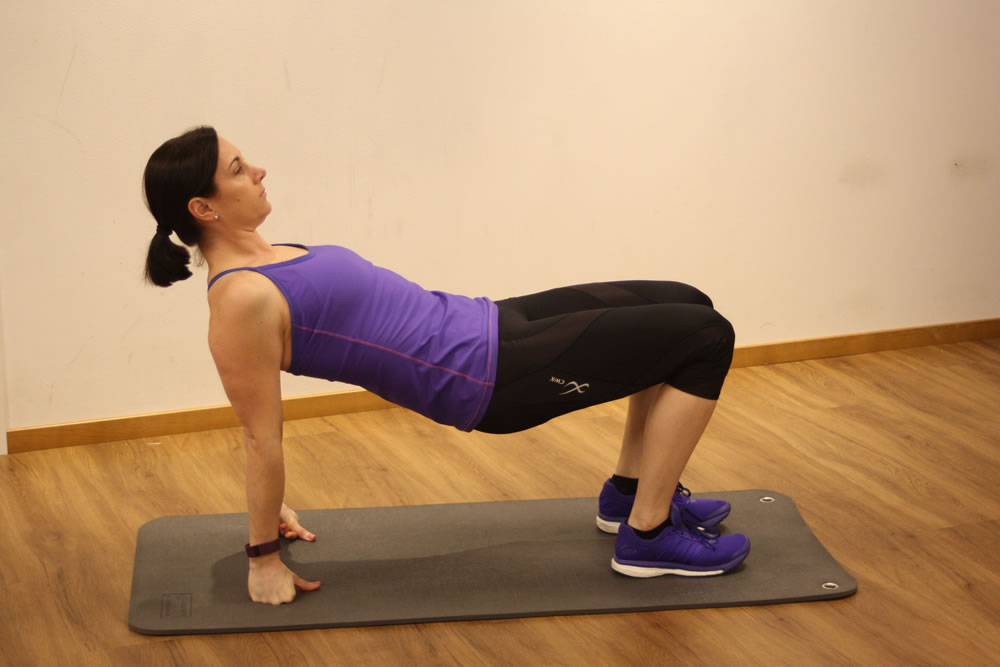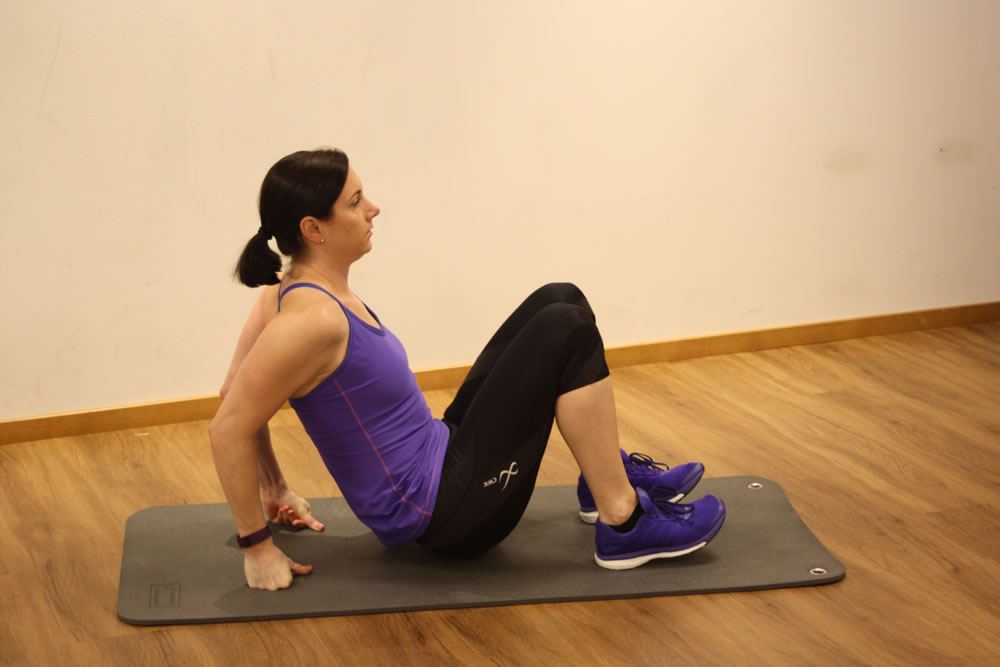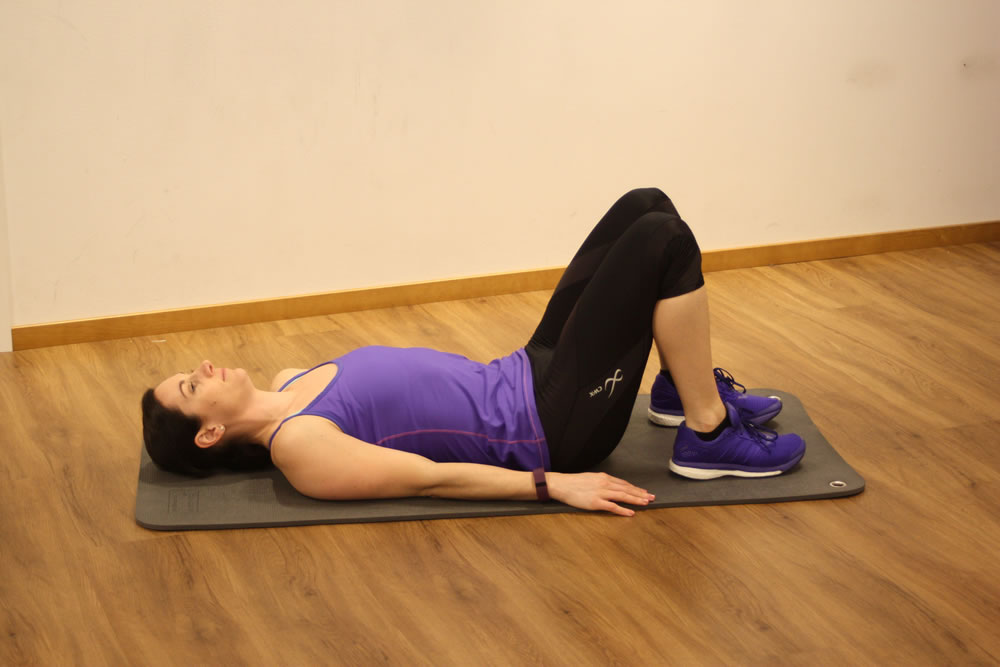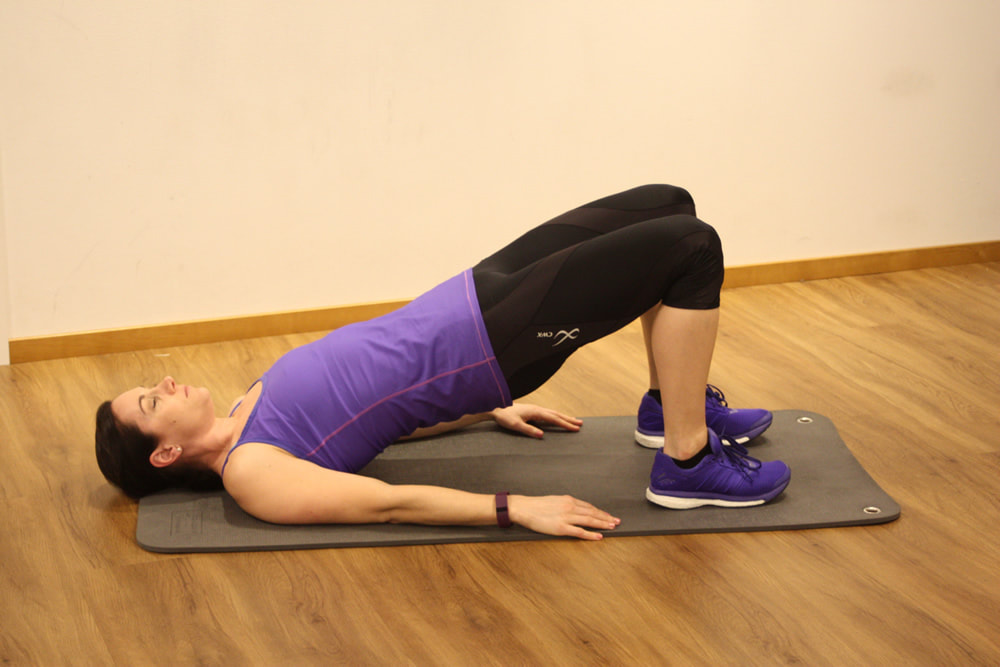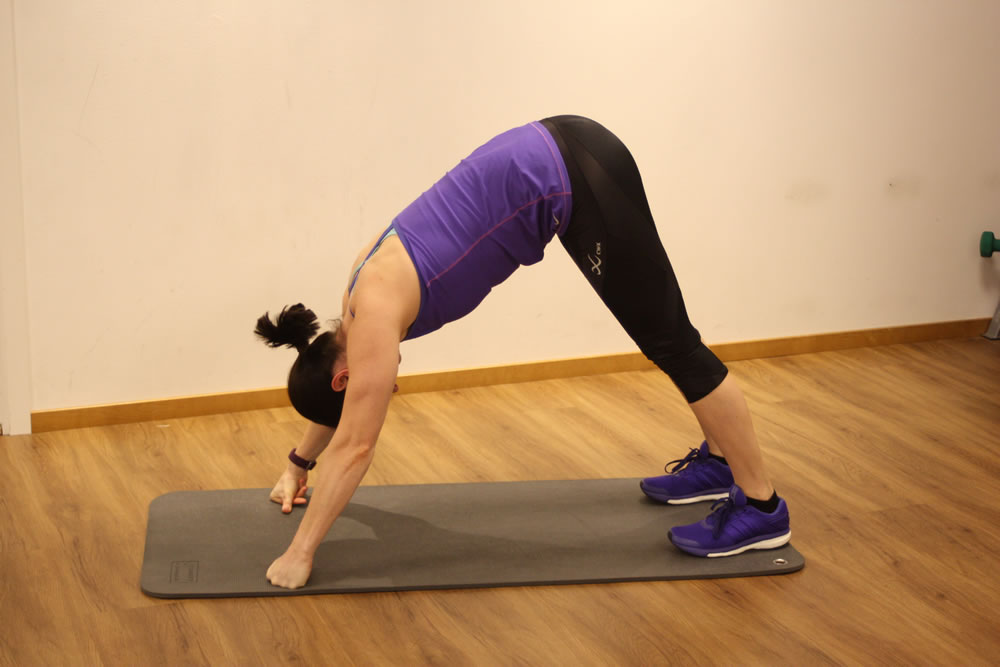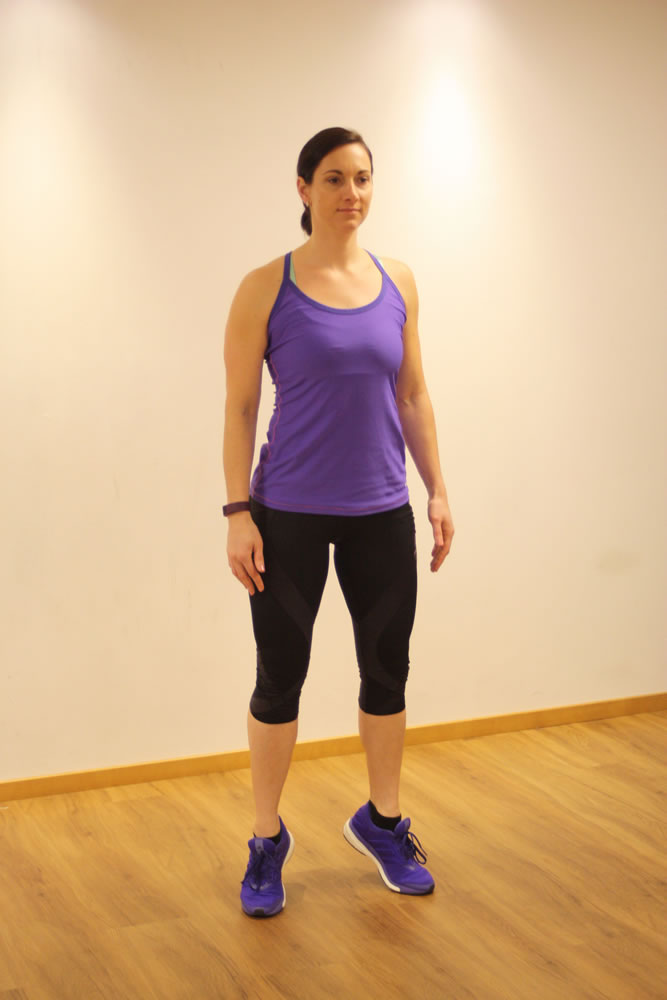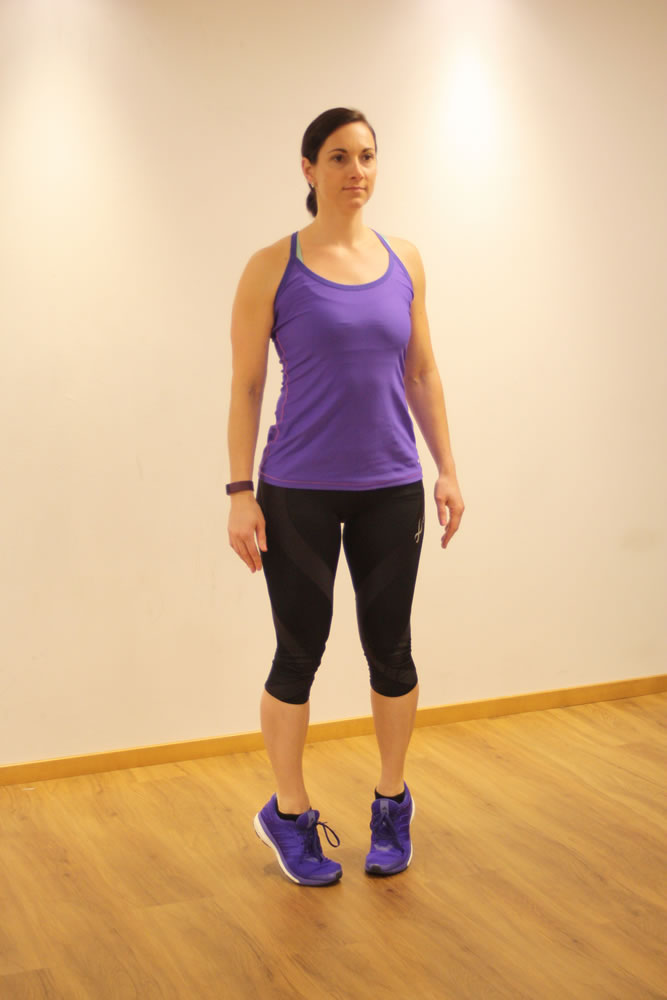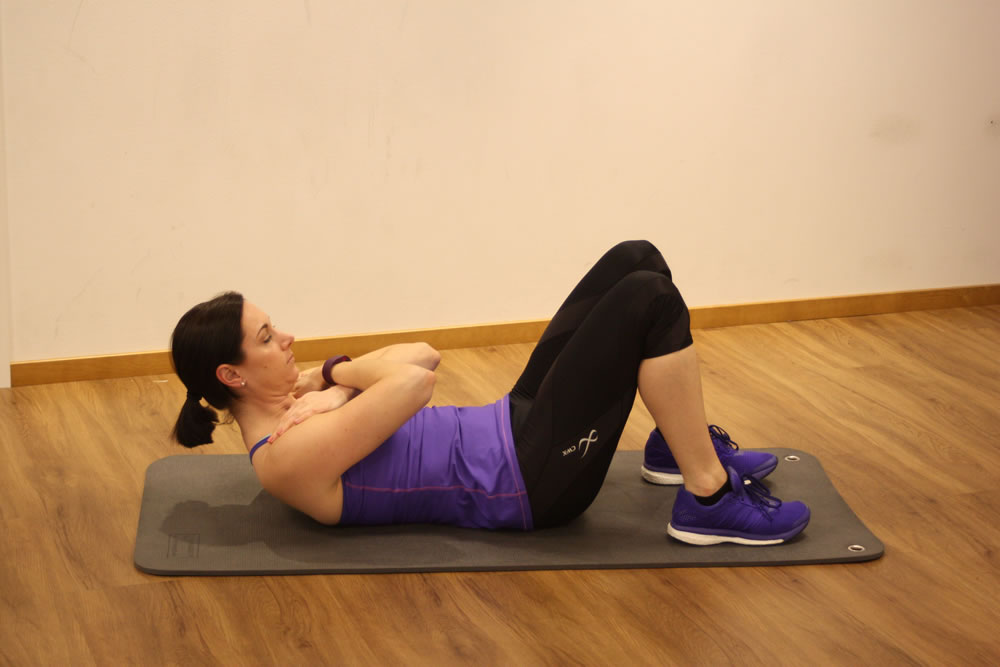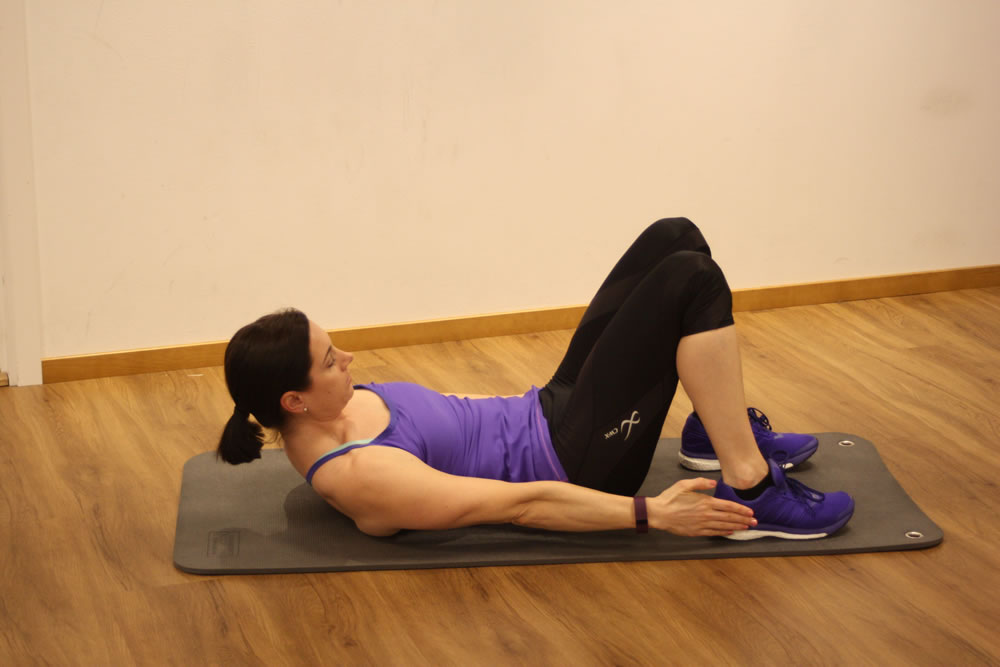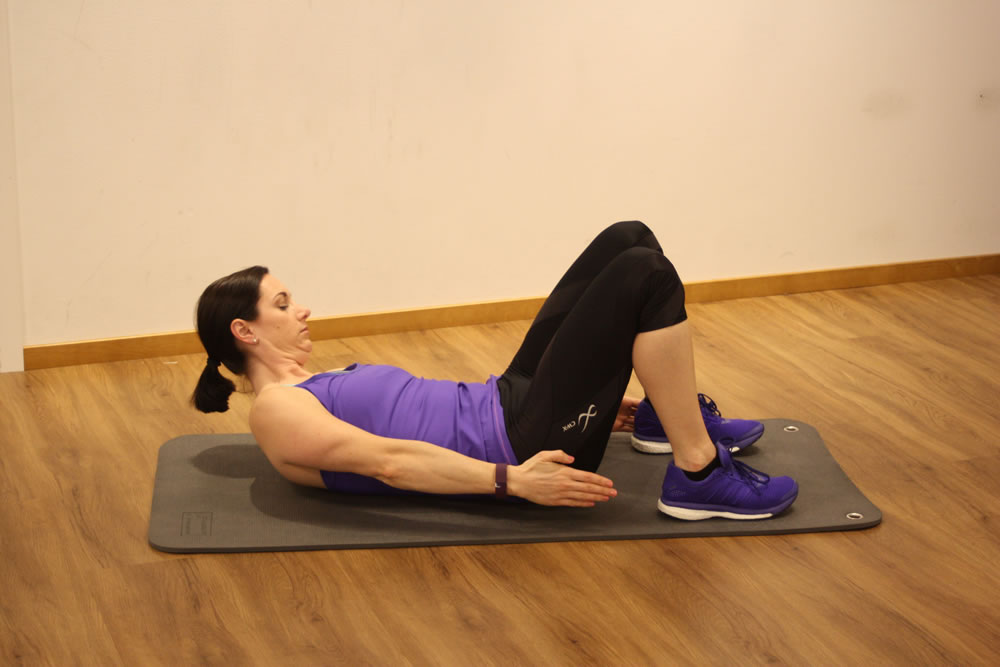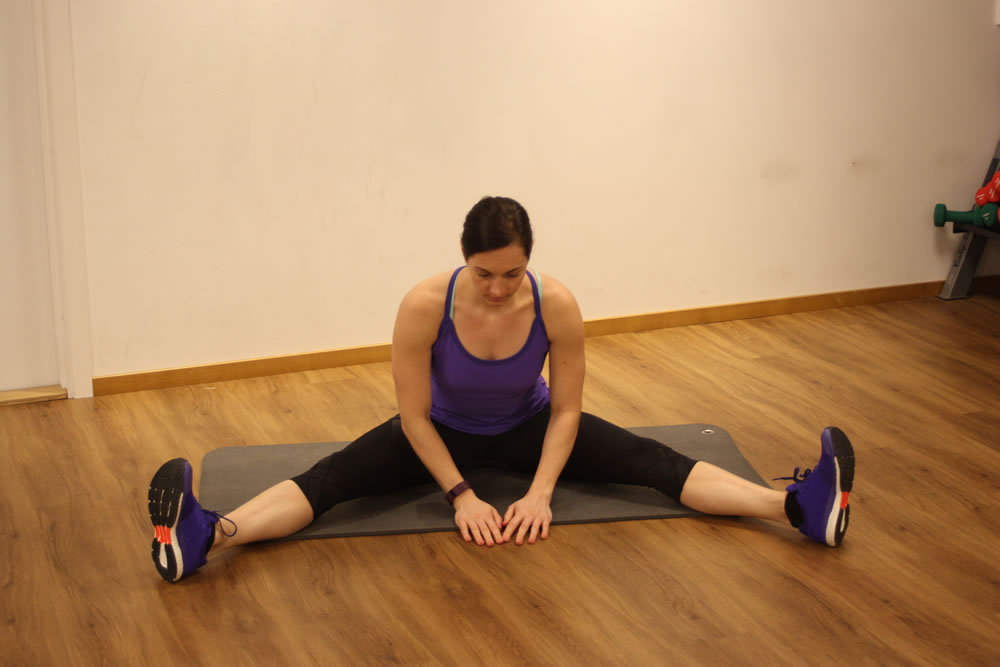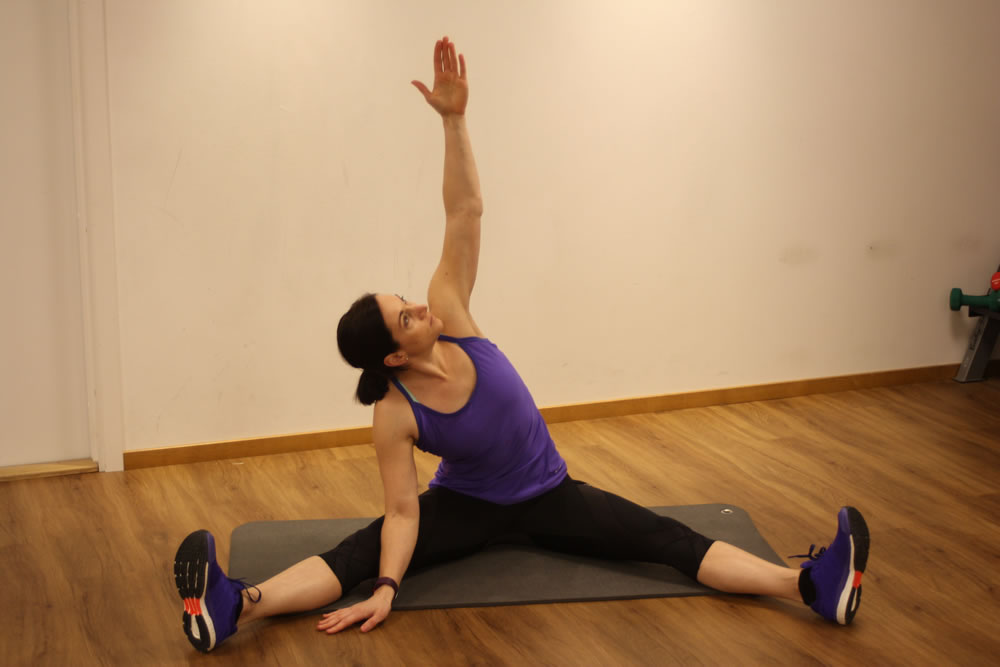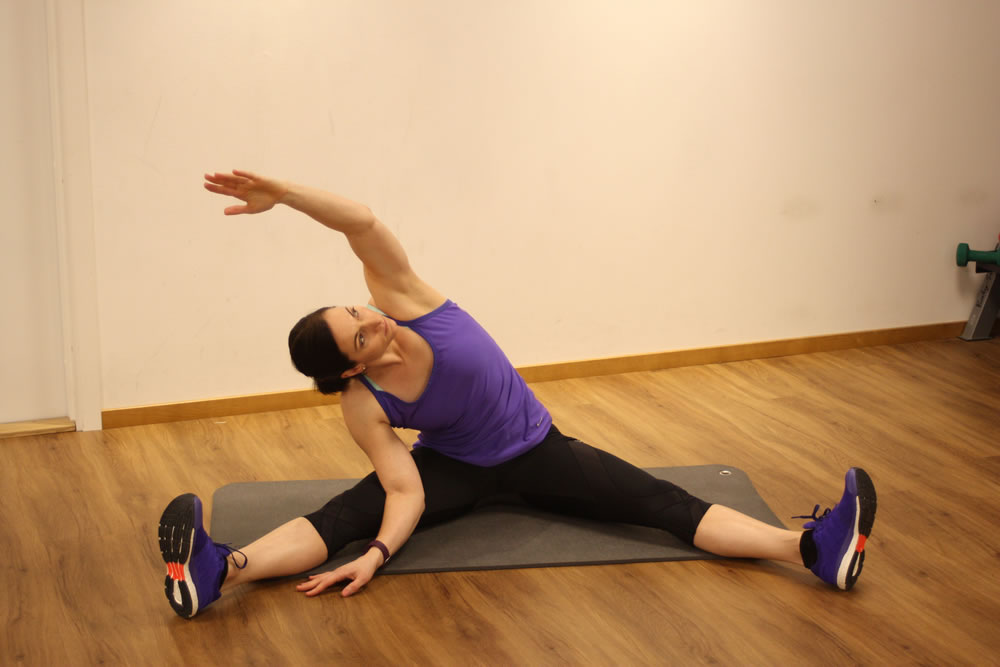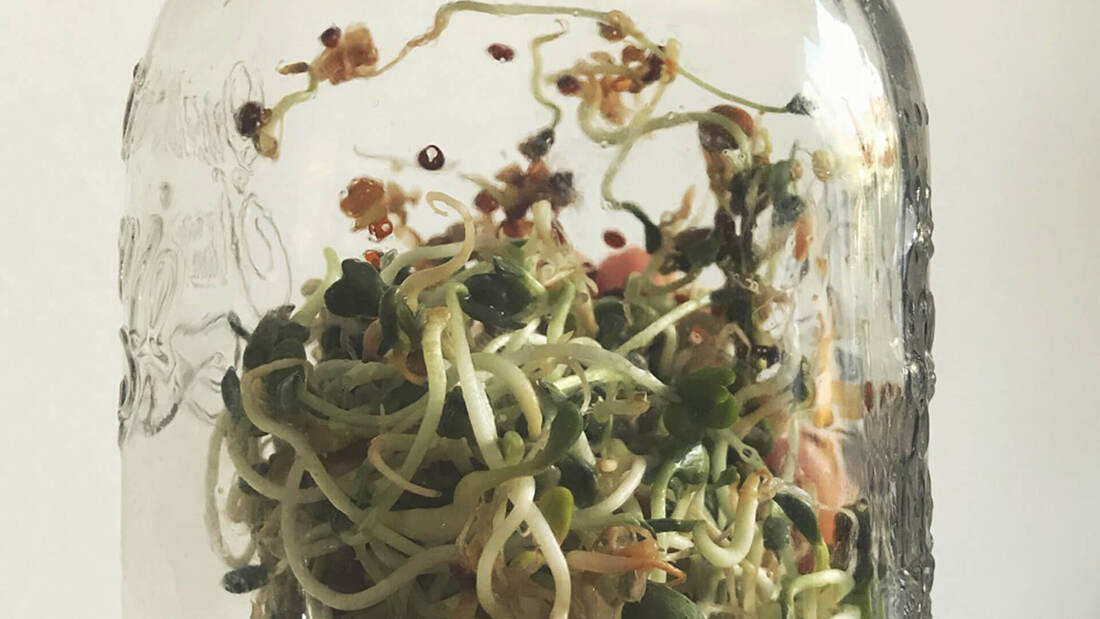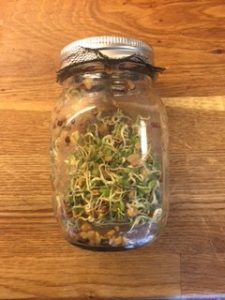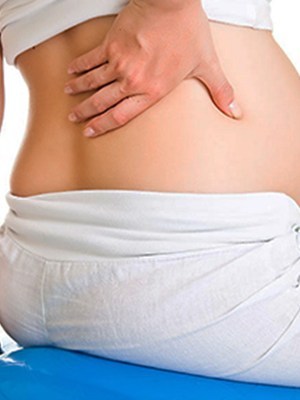|
I'm so excited to be introducing my new program called Build Your Best Life! I'm kicking off this launch with a bunch of free webinars and the first one is here and it's called - How to stick to your goals this year. Do you ever find yourself starting off really strong and end your goal or new habit only two weeks later? You get bored or life gets busy and then you don't start again because it feels like too big of a step? Well, have no fear because I'm outing how to stop this forever! Take a listen while out for a walk or watch along and take notes on how we set up ourselves up for failure before we even begin a new habit. Then learn how to stick to your goals and set better "rules" around what success means to you. Watch the first webinar to get unstuck and achieve your goals this year below: Sleep disruptions are one of the most prevalent conditions worldwide. Roughly 10-30% of adults struggle with chronic insomnia, and according to research it affects females more than males; a woman’s risk of insomnia is more than 40% higher than a man’s.
If that wasn’t bad enough, studies show that around 25% of young children experience sleep problems, which results in excessive sleepiness that can affect daytime function; and the numbers only increase with age. While there are a lot of remedies to treat sleep problems, there’s one that’s become quite popular: weighted blankets. They’ve become all the rage lately whether it’s for reducing anxiety, ADHD, or improving sleep problems. They’re a great and highly effective way to ease stress, induce calmness, and switch the body into parasympathetic mode to induce sleep. What are weighted blankets? A weight blanket is pretty self-explanatory. Unlike traditional blankets that are generally lightweight, weighted blankets are exactly that—weighted. They are designed to improve sleep quality by reducing anxiety and stress, while promoting a sense of calmness and relaxation. They work on the idea of “pressure therapy”—applying a gentle amount of pressure over the entire body, which elicits a similar feeling to that of being hugged or embraced. And for children, it’s similar to being swaddled, held, or stroked. For many people, this light compression helps to ease the mind and body, and promote a physiological state conducive to sleep. Why a weighted blanket might be one of the best ideas When it comes to why weighted blankets work, it boils down to their influence on the nervous system. The two main branches that we are concerned with for deep pressure therapy are the sympathetic and parasympathetic branches of the autonomic nervous system. The sympathetic branch system is responsible for the “fight-or-flight” response that triggers release of stress hormones, which increase alertness and mobilize energy stores to help you fight off danger. The parasympathetic branch, on the other hand, is responsible for the “rest-or-digest” response that controls involuntary functions like heart rate, blood pressure, and digestion; it helps slow the body and induce relaxation. Why deep pressure therapy is great is because it helps to reduce sympathetic activity and decrease the amount of circulating stress hormones; high levels of circulating cortisol can hugely interfere with sleep. Instead, the body is shifted into parasympathetic mode, which promotes rest, relaxation, and sleep. Benefits of deep pressure therapy Weighted blankets are wonderful for both adults and children alike; most find that the pressure elicited by a weighted blanket helps to self-regulate. For adults, it can help to combat insomnia, sleep disruptions, and excessive stress. For children, they experience the benefit of pressure therapy just as much, especially if they struggle with sleep; the gentle embrace provided by a weighted blanket can be just enough to do the trick and lull them to sleep. One of my favorites for kids is the Sleepy Sheepy here ( and use Happy25 for a 25% discount)! Deep pressure elicited from using a weighted blanket can help to:
For younger children especially, who are used to close contact from their parents, a weighted blanket can provide a similar comfort of being embraced by mom or dad, and if you find your child relies on touch and pressure to sleep, it might be a sub-in while you’re trying to train them to sleep on their own. As well, if you find your child tends to get a bit uneasy or anxious when it comes time to sleep, the soothing pressure may help to calm them. Some weighted blankets also offer a cooling mechanism, which can be helpful for hot sleepers. Core body temperature naturally falls at night to induce sleep and studies show that higher core body temperature during the night can actually lead to a more restless sleep. So, if you or your child tend to be on the warm side when you sleep, a cooling weighted blanket may be helpful. How to choose a weighted blanket There are many different types of weighted blankets available, and finding the right one for you can sometimes be stressful (the exact opposite of what you want!). Here are some things to keep in mind when looking for the perfect weighted blanket: 1. Weight When choosing a blanket, you want to make sure that’s it not too heavy, as excess weight may be counterproductive to helping you sleep. As a rule of thumb, look for a blanket that’s no more than 10% of your bodyweight. For example, a 150lb person should look for a blanket around 15lbs. For a 50lb child, 5lbs should be good. 2. Price If price isn’t a factor, you don’t really need to concern yourself with this one. But in general, weighted blankets can be an investment, and while this is something to consider, it’s not always indicative of the quality of the product. More expensive doesn’t necessarily equate to a better blanket. But then again, cheaper isn’t always better either. 3. Material Like other blankets, weighted blankets can be made from a variety of materials, including cotton, fleece, microfiber, and more. If you have a preferred material or feel, you’ll want to note the cover material used for each blanket. They also come with different filler materials, including glass, steel, or plastic beads or poly pellets that contribute to their weight. Try to opt for eco-friendly, non-toxic beads if possible. 4. Breathability Depending on the material of your blanket, some blankets may offer more heat retention than others, which can actually interrupt sleep as opposed to promote it. If you live in a warmer climate or tend to get hot when you sleep, ensure they blanket you’re buying is made of a breathable material or offers cooling properties. Some final thoughts If you or your child struggle to get the quality rest you so desperately need, a weighted blanket may be something to consider. The pressure that a weighted blanket provides may help restless sleepers sleep better at night, especially those who are prone anxiety or tend to really feel the effects of stress when they hit the sheets. And for children, it helps to bring them a sense of comfort and aid self-regulation during the evening hours. Really, you can’t go wrong. They’re highly effective and offer zero change to your routine with zero side effects—other than feeling refreshed when you wake! I recommend and use weighted blankets from The Nap Lab. My favorite is the weighted large weave blanket. I use that on my bed and also on the couch year-round! During the winter months, I switch to their classic weighted blanket for sleeping. Visit thenaplab.com and use Happy25 for a 25% discount on anything from their page! And looking one for your kiddo, my favorite for kids is the Sleepy Sheepy here and use the same Happy25 for a discount! Of the four seasons, there is one that is unfortunately present all year round and that is Cold Season. During the winter we are extremely susceptible to catching our fair share of illnesses, especially if you have kids. Most children experience 5 -7 colds per year, while adults typically have 2 – 3 per year. This article will inform you about cold facts and prevention to help you avoid a catching a couple of colds per year, which is especially important nowadays!
Did you know that there are over 200 viruses that cause a common cold (www.WebMD.com)? A cold is usually nothing more than an annoyance of symptoms for about 10 days, but this is still lost time from work, school, or other activities such as exercising or socializing. WebMD describes how the common cold begins: You can catch a common cold from another person who is infected with the virus. This usually happens by touching a surface contaminated with cold germs -- a computer keyboard, doorknob, or eating utensil, for example -- and then touching your nose or mouth. You can also catch a cold by encountering secretions someone with a cold has sneezed into the air. These 200+ viruses spread through contact from saliva, mucus, and sneeze-droplets when they come in contact with mucus membranes (i.e. mouth, nose, eyes). Think about all of the items you come into contact with each day. Here’s just a short list: phones, computers, steering wheels, door handles, public transportation, kissing kids on the mouth, fingers in lip balm, a kid shoving their toothbrush into your mouth, shopping carts, not covering a sneeze or cough, or sneezing or coughing into your hand and then touching other surfaces, or a child sticking their finger in your nose. And the worst part is that we are contagious three days before showing signs of being sick! Think about this scenario. You’ve been out at the store or at work and touching door handles, your computer keyboard, cell phone, etc. Next, think about the number of times you have touched your mouth, nose or eyes. Now you head home so, you jump into the car and grab the steering wheel or bus handle, which has been touched a few thousand other times after grocery shopping or grabbing lunch. Then, you arrive at day care and you give Susie a big old kiss on the mouth. But unbeknownst to you, Susie has been sucking on the crayons that Timmy just finished using and he has a brewing cold. Basically, you just kissed Timmy. After that, you head home and give your partner a kiss and possibly your other child too. You get the idea. As you can see, a cold can spread quite fast and several factors weaken our immune systems that make it easier for us to get sick. These include stress, a nutrient poor diet, and not getting enough sleep. If you have a common cold, the only remedy is time, fluids, rest, since a virus cannot be treated with antibiotics. Yet, it’s truly amazing how the human body can ward off many viruses and that we are not sick more often! Nonetheless, to prevent spreading a cold or catching a cold, frequent hand washing will minimize the risk of catching as many colds throughout the year. You can also be sure to wash your hands before you eat, avoid eating with your hands, sharing food or drink with anyone (especially kids), sharing lipstick or lip balm, or licking your fingers while cooking. Hope that some of this has been helpful to avoid getting fewer illnesses each year! Resource: www.WebMD.com/cold-and-Flu This post is written by Ulrika Tegelman Jones who is a chiropractor specializing in women during pregnancy. You can find her at www.kirokliniken.se It’s a very common problem to have back pain and discomfort interfere with your sleep while pregnant. Several reasons can include that the spine is stressed in many ways due to the extra weight of the baby, hormones during pregnancy cause the ligaments to be more relaxed and the joints are more unstable making it hard to find a good sleeping position. Pregnancy also causes the curvature of the spine to change by creating a bigger curve in the lower back (lordosis) to accommodate for the growing belly, which can cause some discomfort. Other common symptoms include pelvic pain, tension headaches, and carpal tunnel syndrome. Many women experience poor sleep during pregnancy, especially in the last trimester due to the above aches and pains. To help make the pregnant body more comfortable during sleep, some Norwegian female chiropractors developed the pregnancy pillow “BBhugme” that helps support the spine and growing belly. This pillow gives the perfect support during pregnancy and helps give support to the most important areas such as the stomach, pelvis, lower back, knees, and ankles. Sleep is important for you and your growing baby! If you can improve your sleep comfort and the quality of your sleep during pregnancy, both you and your baby will benefit. Here are some simple stretches you can also use to help relax the body before bedtime and ease some aches and pains:
Just like adults, babies have different temperaments. Some are laid back and happy most of the time; others can be prone to frequent tantrums. Some babies enjoy a peaceful environment; others feel more comfortable when there is noise around. You may not realize, but the type of temperament that your little one has can affect their sleep, as well as having an effect on any sleep training that you provide. When you are making changes to your child’s sleep, they may respond easily and go with the flow or they may protest for a while about it. This is where knowing your child’s temperament will help you when making changes and what to expect. Do you have a dandelion baby or an orchid baby? Dandelion baby Now first off, if you have a dandelion baby I’m not calling your child a weed! 😀 All I mean is that some babies are able to thrive no matter where they are and others need very specific conditions. Just like a dandelion they can adapt and thrive no matter what kind of environment they are in, like this dandelion, for example. It’s not in an ideal place for water, probably gets extremely hot in the bricks and the conditions are not ideal, but it’s growing and thriving without any problem. Before becoming a parent I thought this is how all babies were. Oh, how wrong I was! Now take and orchid. An orchid needs conditions that are just right. Not too much water, not too much sun light, not too hot, not too cold, juuuuuuust right. If the conditions aren’t good then the orchid doesn’t thrive. I know because I had orchids living in Colorado and never had success with growing them but in Sweden they are like the easiest plant! 😀 If you have a child that needs very specific conditions, you know what I’m talking about. You’ll need to be very aware of their awake windows, naps times, routines, and room environment for sleeping. Orchid Baby If your baby is an easy going dandelion
If you have an easy going baby, the task of getting them to sleep through the night should be fairly simple. In fact, you may find that they do all of the work themselves. This type of baby is often a self-soother. This means that If they do wake up in the night they will usually fall asleep again in a few minutes. If this sounds like your baby, you should simply stick to a regular routine each night, so that they get to know that it’s time to sleep. If you do hear any crying during the night, you should use a technique that is a gradual way to help guide them to sleep but they will be able to start doing it more on their own fairly soon. Your little one may have been startled by waking up and just need a few minutes to settle, so leave them for about ten minutes before you investigate. However, self-soothers and easy going babies do not usually carry on crying. If the upset continues, it’s a good idea to check if there is a problem. If your baby is an orchid Every parent thinks their own child is special; even if their little one is difficult. However, some babies can be hard work; even if their parents will not admit it in public. If this sounds like your baby, the good news is that temperaments can change. Just because your baby is tantrum prone and attention seeking does not mean they will be a difficult toddler or teen. However, babies that are difficult still present a problem in the here and now. They are easily disturbed and upset and they want you to be there when they are. This results in frequent loud crying during the night. One thing you should never do if you have a child with this type of temperament is adopt the ‘cry it out’ technique. Some babies will just keep crying for hours, until they get attention. This is not good for the baby, or anyone else in the household. This does not mean you should let your baby rule your nights either. Here are some tips that you may find useful.
If your child is a little of both The fact is that many babies veer from being easy going to demanding, at a moment’s notice. There can be many reasons for this such as:
The best way to deal with this may be to use a gradual approach to not answering their signals at night. You can start by popping your head into your baby’s room to check on them, and then get them gradually used to you not coming straight away when they cry. If they wake up at night, you first wait only a minute or two. Then the next night you start increasing the time by another one to two minutes until you are up to ten minutes. If they just want to grab your attention, and you do not provide it, they will often get bored and go back to sleep. However, all babies are different, so be prepared to be flexible. Some will be more persistent than others when it comes to this! By the time you are ready to make changes to your baby’s to sleep, you should have a good idea of their personality. Use this knowledge to help you find a sleep training technique that works best for you and your child. BY COURTNEY LANDIN POSTED: JUNE 25, 2019 The concept of training a baby to sleep may sound a little strange to you as a parent. Surely, a child should enjoy and benefit from natural sleep, rather than be trained. That’s what I thought in the beginning too! Then I had a baby who needed help understanding when it was time to sleep and what that feeling meant in her body. The thing about training your child is that it can actually help them, and you, to get the right amount of restful sleep. It’s a way of protecting your baby and keeping them healthy and happy. Training or practicing healthy sleep habits is no different than your baby learning how to eat or crawl on their own. Both take time, practice, and patience.
The most important thing to remember is that every child is different, as is every family. What works in one home may not work in another. There are different methods to help your baby sleep so, take a look at the ones mentioned here to create a sleep training routine for your baby that fits your family. What does sleep training involve? Sleep training is simply a way for you to help your child understand how to sleep, so that they get the rest they need. For the first four months of your baby’s life, you really just need to go with the flow. The way your child sleeps will depend on basic needs such as feeding and changing. But what you can do from early on is set up their room for sleep (dark, cool, quiet) and begin simple and consistent sleep routines (feed, song, sleep) to help develop these habits early on. Once your child is around four months old they are usually ready for more routines and sleep guidance but these simple steps will help make this transition. If your child still seems reluctant to sleep for longer periods, do not worry. As I mentioned earlier, every child is different. Your baby may simply need to be a little older before they can begin to understand how to sleep for longer. First steps in sleep training The first thing you need to think about when sleep training a baby is having a routine in place.
You will see several sleep training methods mentioned by experts. No one method is best, you simply need to find the method that works in your situation. Let’s take a look at the three main methods, which can be varied to suit. Cry it out This is the method is as it sounds. You place your baby in their crib and you leave the room and return at regular intervals to help soothe. This does not mean that you should just leave your baby crying for hours. If attempting this method, it’s best to place your baby in their crib before they get too tired. Let them cry for a while when you leave and go back to soothe them if necessary. In this method you do not pick your baby up; simply soothe them with your voice. This method can be difficult for some parents to manage. Although this is the method many pediatricians advice parents to use, I believe there are better ways to help a baby develop health sleep habits. This method may not suit all families. Before I knew anything about baby sleep we attempted this method for about 10 minutes and gave up. Now I know that there are better ways to help a child, but if you do use this method, be sure that their room is set up for sleep and they have a consistent routine in place before sleep. No tears This is the complete opposite of the cry it out approach. As soon as your baby cries, you should comfort and soothe them immediately. The problem you may find is that some babies tend to be more attention seeking than others. If your baby knows you will come if they cry, training them to sleep could be a long process. You will need a lot of patience and time with using this method. I find this method to be very difficult because it takes a very long time to see results. Maybe your baby isn’t crying but you are because you are so tired. I also tried this method and it was too exhausting to continue. Fading This method of baby sleep training is popular with a lot of parents and one that has a nice balance of learning and love. It involves moving further away from your child’s crib each night as they fall asleep. They get used to you being at arm’s length and then not being in the room and it’s a gradual process. Fading also involves checking your baby but making it less obvious over time so that eventually they are not even aware of your presence. This is what I base my sleep plans and support on and think that parent assisted changes make for the perfect balance between loving boundaries and loving support from you. You may need to try different methods to find the one that works best for your baby and for you. Do not simply expect that what worked for a previous child will work with the baby you are currently training to sleep. Be prepared to adapt and change routines and methods until you settle on what works the best. My best tip is to decide on a method, make a plan, try it for one week, take notes to see any positive changes (even small ones), and then decide if it’s working for you and your baby. BY COURTNEY LANDIN POSTED: JUNE 24, 2019 Think to yourself for a moment — on average, how many hours do you sleep per night?
According to a report put out by the World Association of Sleep Medicine, the majority of Canadians are sleep deprived. 60% of adults feel tired most of the time, getting an average of 6.9 hours of sleep per night, with the recommended being 8 [1]. The same trend continues in the United States and most modern societies. Everyone knows that sleep is important, but the reality is that not many of us actually get what we need. We’re too busy with work, family, sports, or even just Netflix, to give our body’s the rest they need. But if you’re looking to improve your body composition and your overall health, getting enough sleep is critical. Why is sleep important? Sleep is the time when the body repairs itself. It gives us an opportunity to relax, shut down body systems into low power mode, and focus on repair and restoration. Specifically, here are 7 reasons why adequate sleep is key: 1. Improves productivity, concentration, and memory 2. Maximizes athletic performance 3. Improves immune function 4. Decreases risk of developing heart disease and stroke 5. Improves glucose metabolism and decreases risk of type 2 diabetes 6. Decreases levels of inflammation 7. Boosts mood But the one other thing that sleep is incredibly important for is maintaining a healthy weight and body composition. As sleep regulates our hormones, lack of sleep can cause imbalances, which may result in weight gain. How sleep and weight are related Poor or inadequate sleep is one of the leading risk factors in the development of obesity. Studies have shown that both children and adults with short sleep durations are significantly more likely to become obese [2, 3]. But why is this? Our bodies are largely controlled by hormones — chemical messenger secreted by endocrine glands that influence most major body functions, which includes how we use and store energy. They also mediate the interactions between sleep, metabolism, and BMI. The two main hormones that control our hunger, leptin and ghrelin, are highly influenced by sleep patterns. Leptin is a hormone that is released from fat cells that signals to the brain, the hypothalamus specifically, that you have enough energy and don’t need to eat; it functions mainly to prevent humans from starvation of overeating. The other hormone, ghrelin, is an appetite-increasing hormone that’s function is regulated primarily by food intake; it acts on the hypothalamus, as well, to stimulate hunger. A study conducted on the impact of sleep on body composition showed that levels of ghrelin were higher in individuals with short sleep, while levels of leptin were lower [4]. Short-term sleep restriction lowers levels of leptin, which in turn increases levels of ghrelin [5]. When you don’t sleep enough, cortisol levels also increase. Cortisol is the stress hormone that is frequently associated with fat gain, but it helps to activate reward centers in your brain that make you crave food, too. A combination of high ghrelin and high cortisol inhibits communication to the areas of the brain that leave you feeling satisfied after a meal [6], meaning you’re never quite feeling full and continue to crave low quality foods. Combining all of these factors, we leave ourselves at a higher risk for gaining weight and being unable to lose it. Additionally, hypothalamic-pituitary functions that control eating habits, energy balance, and metabolism are all tied to circadian rhythms, meaning they are highly integrated with sleep regulation processes. Experiments have demonstrated that lack of sleep has important effects on cortisol levels, glucose tolerance, and growth hormone secretion [7]. Therefore, when hormone balance is off, we put ourselves at higher risk for weight gain because we are tired. Putting it all together Not only does lack of sleep affect your body’s basic functions, but it also probably means your energy levels aren’t quite as they should be. When we have low energy, we are less productive and have less motivation to partake in activities, whether that be the gym or simply doing work around the house. And we all know that lack of movement and activity is a large contributor to weight gain. So while we may fall off the proper sleep train every now and again, it’s crucial to get your sleep habits under control. Limit exposure to blue light 2-3 hours before bed, ensure your room is at a slightly cooler temperature, make sure there are no lights around, and relax the mind and body — all of which prepare the body for a deep, relaxing, and restorative sleep. BY COURTNEY LANDIN POSTED: MARCH 11, 2019 I’m not into fad diets and for years I scoffed at “going gluten-free.” I never wanted to be “that” person when we went to dinner but it turns out, it’s well worth being “that” person. I’ll give you a bit of background about myself. As a luge athlete I was supposed to gain weight, yes, you read that correctly, gain weight. Most people try to lose weight and I was always trying to gain it by lifting heavy and eating a lot of food. Back in my athletic days it was still a thing to “carbo load” and eat as much pasta or carbs as possible for “energy.” It’s too bad that was a thing because it made me feel awful and when I was avoiding eating that way it came across as if I didn’t want to gain weight or that I wasn’t committed to my sport. When in fact eating that way made me feel like I just needed to sleep all the time and that I was made of sand when I was training. I tried avoiding foods that made me feel this way but it was difficult living on the road and eating at hotels most of the year.
I have a friend who has Celiac disease, which is an autoimmune disorder that results from the interaction of gluten, the storage protein of wheat and other grains, with the immune system [1]. She truly can’t even eat gluten because it destroys her intestines. Since I could eat gluten and Celiac disease was still new to many people, I never thought this could be an issue for me. Now, I realize that going gluten-free isn’t for everyone. And I should also mention that I have an autoimmune disorder called Hashimoto’s disease, which is a condition in which your immune system attacks your thyroid. It can cause you to feel extremely tired, gain weight, and affects hormone production. I’ve been trying to figure out my health for years along with trying to get rid of migraines. I don’t even like saying, typing or thinking that word because they are so horrible. But it turns out that having this condition can lead to having sensitives to gluten or other carbohydrates. Fast forward several years, well out of my athletic days, and I read a book called Brain Maker by David Perlmutter, MD to learn more about gut bacteria and the book addressed many issues I was having, which included stomach problems, occasional reflux, feeling low often, and crazy brain fog. I wasn’t reading it to learn about going gluten-free but the book convinced me enough to stop eating gluten right before a trip to Italy, the land of gluten filled dishes of pasta and pizza, and nine months later I’m still gluten-free and won’t even think about going back. Although there’s more to my story, I’ll keep it short and tell you about the benefits that you can also get from going gluten-free and being “that” person even if you don’t think gluten affects you. Why gluten has such a bad rep The term gluten refers to the entire protein component of wheat, rye, and barley — the three gluten-containing grains. Gliadin, the component of gluten that contains the majority of toxins, are resistant to degradation by the protein enzymes in the stomach, pancreas, and intestines [2]. When these undigested particles are able to permeate through the barriers of the gastrointestinal system, they react with antigen-presenting cells and cause a multitude of health problems. Even if there is minimal reaction to gluten consumption, the molecule itself is poorly absorbed in the human upper gastrointestinal tract, which is why many people choose to avoid consuming it. But if gluten doesn’t bother you, why should you give it up? Maybe to your surprise, there are actually quite a few benefits to giving up gluten. While you think consuming gluten may only affect your digestion, it actually has an effect on the nervous, muscular, lymphatic, digestive, and endocrine system [3]. So here is why you may want to consider going gluten-free: Decreases brain fog Often times, people will experience brain fog from consuming gluten (even if they don’t know that is what causes it). Symptoms include difficulty concentrating, decreased attention, inability to recall, and forgetfulness. This is because inflammation caused by gluten contributes to the breakdown of the protective barrier between the blood and the brain, which can lead to damage of brain tissue. Improves joint pain Gluten is a known perpetrator of inflammation, which is a significant factor associated with joint pain. When the body isn’t perpetually inflamed, the acute response to inflammation becomes much more efficient, meaning that joint pain and recovery time improve. Helps regulate weight Leaky gut, a condition where small micro tears in the intestinal lining cause permeability, is a well-known condition associated with high gluten intake. By removing gluten from the diet, you improve intestinal permeability, nutrient absorption, and decrease inflammation, all of which contribute to weight regulation. It also helps to normalize metabolism and hunger hormones, and thus, normalize weight [4]. Reduces bloating Due to damage of the intestinal wall, GI symptoms like gas and bloating are often a common side effect of gluten. Removing gluten from the diet can help to heal and repair the gut and intestinal lining, leading to decreased GI symptoms. Improves appearance of skin More often than not, inflammation can show up on the skin in the form of acne, eczema, and dry skin [5]. By cutting out the root cause(s) of inflammation, we can improve the appearance of our skin and get back that glow! Is it something for you? An important point to remember when going gluten free is just because you’ve given up eating gluten, it doesn’t give you any excuse to replace the ‘bad’ foods with their gluten-free counterparts. There are many options now in grocery stores but try to replace the gluten-filled foods with healthier alternatives as much as you can. For example, replace whole wheat or white pasta with veggie noodles — zucchini or squash noodles make for an excellent substitution in classic spaghetti dishes. Not only are you upping your vegetable intake, but you’re also getting a bigger nutrient bang for your buck! Plus, there are many other grains you can eat instead and they are full of better nutrients than white or wheat flour. These include amaranth buckwheat (not actually wheat!), rice (brown, white or wild), millet, quinoa, and oats. But a note about oats, be sure they are gluten-free as many are made in factories that produce other wheat produces and may contain traces of it. So while cutting out gluten may seem like the end of the world at first (believe me it’s not!), keep in mind your end goal. When you remove foods from the diet that aren’t giving with your body, not only will you look better, but you’ll also feel better, which is the most important factor. I encourage you to give it a try for one month and see how you feel! BY COURTNEY LANDIN POSTED: FEBRUARY 20, 2019 The many benefits of passive heat treatment First, what exactly is passive heat treatment? Simply put, passive heat treatment includes:
The most notable types of heat therapy used are saunas, steam rooms, and hot baths. While they may be based off of similar concepts, the functions and benefits of both are somewhat different. So first, let’s cover what they are and why they’re so great. Hot baths Hydrotherapy is something that’s been practiced for centuries. Whether hot or cold, bathing offers many significant benefits. But here, we’re going to focus on heat as a method of treating various ailments. Besides sitting in the comfort of a warm tub, hot baths are actually great for the body. Here are a few reasons why [1]:
Steam rooms Steam rooms are pretty much as they sound — a room, usually made from tiles, that produces steam to 90-100% humidity. Since heat rises, sitting at a higher level in a steam room will provide greater benefits than sitting at a lower level. Like hot baths, steam rooms offer several of the same benefits:
Saunas Now that you’ve learned about a couple other forms of passive heat treatment, we can get to one of my new favorites — saunas. Touted for their wide range of health benefits, saunas have recently become a common thing to incorporate into a daily routine. If you’ve ever been to a Scandinavian country, you’ll see that saunas are extremely popular — and for good reason! Saunas are essentially a wood lined room that emits either dry heat or wet heat. Perhaps the most well known is the Finnish sauna — a room heated with a sauna stove and filled with stones that are heated by either electricity or fire. While being popular within northern Europe countries initially, saunas are a regular practice throughout the world. If you’re wondering why they’re so highly prized, here are some reasons:
But why heat therapy? Thermotherapy is a great option to help heal non-inflammatory body pain. This is because heat is great for inducing relaxation of muscles and dilating blood vessels through raising nitric oxide levels, a potent vasodilator, to promote greater blood circulation. Conditions that a sauna might be beneficial for include:
It’s crucial to remember that heat is not good for certain conditions and may make them worse. This includes things like severe injuries or infections and acute inflammation as in the case of an arthritis flare up. For conditions involving inflammation, it’s best to use ice. If you’re using a sauna to help release tension in muscles, it’s also imperative to know the different between muscle strains and ‘knots’. Strains indicate an actual injury to the muscle (a small tear) that a sauna will not fix, while knots are small patches of tender tissue usually caused my micro-spasms that often need pressure to be released. Heating Up Passive heat treatment is an excellent way to help relieve and treat several conditions. While hot baths are the cheapest and likely most convenient method, a sauna, whether it be infrared, Finnish, or electrically heated, offers numerous health benefits both externally and internally. So next time you visit a gym or spa that offers a sauna, be sure to strip down and hop in! BY COURTNEY LANDIN POSTED: JANUARY 29, 2019 I love the fall. The nights are chilly but the days are still warm. The colours are amazing and what I love most are all the apples! So many apples to make a warm apple crisp and put a yummy cinnamon smell in the air.
I’d like to share an easy apple recipe idea that you can use in different ways. You can make it as healthy or unhealthy as you want, which is my favourite part! This is such an easy recipe and one that you don’t really need measurements for because it’s better to make it to your own taste. Here you’ll find what you’ll need along with some options on how to cook and make this apple crisp in different versions. What you’ll need for the apple mix: Apples Butter, ghee or coconut oil Cinnamon Honey or coconut sugar Nutmeg (optional) Vanilla seeds (optional) Apple Mix Directions: To make the apple mix, slice the apples (see note below) and place them in a bowl. Add a bit of butter, ghee or coconut oil to help make the mixture moist, add cinnamon, honey or coconut sugar to your liking, and any extra options such as vanilla or nutmeg. Mix and cook using the options below. See further ideas below on how to make it this in different ways! A note on apples: You can peel or leave the apples unpeeled, it’s up to your liking. Thin or small slices cook faster than larger bits, but cut to your liking. I like to mix a bit with sizes so that some bits are a little crunchy. Thin slices do best for an apple crisp with oat topping. Options for cooking: Microwave cooking: Cooking time will depend on the power of your microwave. Cook the apples for one minute and then check them. Cook them to your liking. It’s really that simple! I use a microwave that’s 800 watts and I put one sliced apple in for one minute. If you cover the apples, they will be a little more wet and leaving them uncovered will take out some of the water so, keep that in mind when cooking. Oven cooking: Set your oven to 200°c / 390°F Cooking time depends on how large a batch you are making, but check the apples around 20 – 25 minutes. Ideas for different options Healthy version: A quick “apple in a cup” treat Sometimes I want a treat that’s a tad healthy. I’ll use one apple (sometimes I peel it and sometimes I don’t), add a little butter, coconut sugar and cinnamon and quickly cook that in the microwave. Generally, half of the apple mix is enough and I’ll top it off with some cottage cheese or Greek yogurt and an extra sprinkle of cinnamon. Quick, easy and doesn’t give you a sugar crash. I’ll occasionally eat this for breakfast! This is also a great topping for oatmeal or banana pancakes. Indulgence: Apple Crisp with oat topping This makes a wonderful desert and it’s one of my favorites as t’s easy and fairly quick! Set your oven to 200°c / 400°F Prepare the apple mix to the size and taste you’d like. If you’re making a desert for a family, I’d suggest 6 apples. Put the apple mix in a baking dish. Add a small splash of water to the dish with the apples. Place the apples in the oven for 10 minutes while you make the topping. Oat crisp topping (gluten-free) 1 cup of oats (2.3 dl) 2 Tbs. Almond flour (2 matsked) 2-3 Tbs. Cinnamon (2-3 matsked) 2-3 Tbs. Softened butter, ghee or coconut oil (2-3 matsked) 3 Tbs. Coconut or brown sugar (3 matsked) A pinch of vanilla seeds or dash of vanilla extract Pinch of sea salt 6-10 Walnuts or pecans (optional) Mix the ingredients together. The oat topping should be crumbly. Spread the topping on the apples and put back in the oven until the topping is golden brown and the apples are cooked to your liking. Cooking time depends on how large a batch you are making, but check the apples and topping around 20 – 25 minutes. Let it cool down a bit but enjoy it warm. This is so good served with vanilla sauce or vanilla ice cream! BY COURTNEY LANDIN POSTED: SEPTEMBER 19, 2018 Food is fuel for your body and to have optimum energy you must give it the proper fuel it needs. Here are some simple food swaps that you can make on a regular basis to have more energy, fewer cravings, and improve your nutrition.
Good carbs: Oats Sweet potato Cous cous Root veggies (beets, parsnips, carrots) Fruit Whole grains / sourdough Quinoa Potatoes Pea pasta Veggie or bean pasta Protein: Ham/turkey/chicken Edamame Cooked lentils Eggs Tofu Hemp seeds Good Fats: Avocados Olive oil Fish (salmon) Coconut oil Nuts Good for Cooking: Light (or refined) olive oil Avocado oil Clarified butter (ghee) Coconut oil Sugar: Coconut sugar Raw Sugar Sweets: Dried dates, apricots, or prunes Almonds, cranberries or raisins, raw cocoa nibs Try these simple food swaps and tell me how it’s going. comment below or come join me on Facebook or Instagram! Now that your nutrition is up and running how about boosting that with a 12 minute workout? Check it out here. BY COURTNEY LANDIN POSTED: APRIL 26, 2017 Life gets hectic but it doesn’t’ mean that your health should take a back seat. Exercise is one of the most beneficial, natural, and easy elements that you can use to increase your health and wellness. That’s why I’ve created this 12 minute workout for you to do any time and any place that suits you. And if you want more than 12 minutes, just double (or triple) the workout! Here’s how you get started: Set your phone timer (or use an interval timer app), put on some music and begin. Warm up for 2 minutes. Ideas for warming up:
Life gets hectic but it doesn’t’ mean that your health should take a back seat. Exercise is one of the most beneficial, natural, and easy elements that you can use to increase your health and wellness. That’s why I’ve created this 12 minute workout for you to do any time and any place that suits you. And if you want more than 12 minutes, just double (or triple) the workout! Here’s how you get started: Set your phone timer (or use an interval timer app), put on some music and begin. The short list Get started: Set your phone timer (or use an interval timer app), put on some music and begin. Workout: perform each exercise for 30 seconds Bring it to the next level: perform each exercise for 45 seconds to 60 seconds.
Exercise Instructions: Warm up for 2 minutes. Ideas for warming up:
modified jumping jacks jump rope Star pose Burpee: start standing, put your hands on the floor, step or jump back with your feet to a plank position, do a push up, step your feet back to your hands, come back to standing, and then jump (if you want to). Begin standing Come down into a plank position, push up Come back to standing Jump Wall sit: come down into a sitting position with your legs in a 90° position. Keep your wieght on the middle to the back of your foot, not your toes. Bring it to the next level: raise one leg at a time for 5 to 10 seconds, or as long as you can hold. Keep most of your weight on the middle to back part of your feet, not your toes! Push ups Choose either to begin on your knees or your toes. You can use your fists if the exercise is hard on your wrists. Remember to keep your core tight while you perform push ups. Lunges – 15 seconds each side Static lunges: start in a lunge position and bend both knees to come closer to the ground. Bring it to the next level by starting in a standing position and then stepping forward and then coming back to the standing position. *For both exercises keep most of your weight on the middle to back part of your feet, not your toes!* Static lunge Moving lunge starting position Triceps Start in a reverse quadraped position, making sure that your hands are in a comfortable position behind your body. Try to keep your hands closer to your body as having them out farther will put strain on your shoulders. Then push the hips up by squeezing the bum. Dip down by bending the elbows straight back and then come back up and push the hips up by squeezing the bum. If your elbows bow out to the sides you’ll lose contact with the triceps muscle so try to keep you elbows bending straight back behind you and not bending out to the sides. Hip press Lay on your back with your feet at a comfortable distance from your body. Squeeze the bum muscles and push up with your hips. There’s no need to push the hips up and over extend your back. Try to keep a neutral spine and only push up as high as is comfortable for your body. Be sure to push with your heels and squeeze your bum muscles as your come up. Shoulder push up You can use your fists if the exercise is hard on your wrists. Start in a downward facing dog position or the beginning of a handstand position. Bend your elbows and bring the top of your head down as close to the ground as possible. Push back up to the starting position. Calf raises – 10 seconds on each side Look at the toe positions below. Preform 10 seconds in each position. Core – 2 mins Crunch: Feet on the floor or legs at 90°. Bring your shoulders up, hold, and come back down. Repeat. Keep your chin in a neutral position and envision an apple under your chin and on your chest. Side to sides: come up into a crunch position and then rotate side to side by touching your hands to your heels. Bring it to the next level: repeat the workout by using the two minute warm up time as two minute cardio. Or finish your workout with stretching. Stretch Sit in a wide leg position, toes pointing up, keep your back straight and bend forward as far as it’s comfortable for you. Next, come back up to a straight back and bend over to the side by first reaching your hand up in the air and then stretching over to the side. Next, cross one leg over the other and hug your kneed into your chest. Hold and repeat on the other side.
BY COURTNEY LANDIN POSTED: MARCH 27, 2017 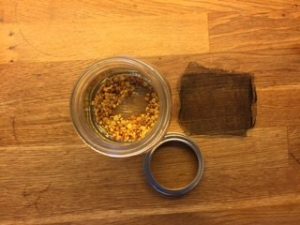 Grow your own sproutsSprouted foods are said to have 100 times more enzymes than uncooked fruits and vegetables. Enzymes help extract more vitamins, minerals, amino acids, and essential fatty acids from the foods you eat. Sprouts also have a higher quality protein and fiber content which helps the body improve immune function and get rid of toxins. Growing sprouts can sound complicated, but it really is an easy process and a simple way to add a healthy food to your meals. Here’s what you’ll need to get started.
First, be sure to clean the jar. Next, add two tablespoons of seeds into the jar, fill with water, and use the mesh to cover the top. If you are using cheese cloth, use a rubber band to secure the top. With the canning jar, use only the ring portion of the lid. Now, let the seeds soak for 8 hours. After the seeds have soaked, drain the water from the jar. You’ll keep the mesh on, that’s what it’s there for! In less than 24 hours you’ll start to see the seeds sprouting! After you’ve drained the water on the first day, keep the jar out of sunlight and don’t let the seeds sit in any extra water. The jar can be kept upright or tilted upside down in a bowl. Just be sure the top is not covered to allow for air flow. Once a day, fill the jar with water to rinse and wet the seeds. Be sure the seeds aren’t left sitting in water though. In just a few days, you’ll have sprouts ready to eat. After the sprouts have grown after several days, put the jar into the fridge and eat when you please. They are a great topping for any meal! Happy sprouting! BY COURTNEY LANDIN POSTED: AUGUST 19, 2016  A healthy baby and an optimal delivery begin with a healthy and comfortable pregnancy, which chiropractic care can provide for the pregnant mother. During pregnancy the female body goes through many changes in the spine, joints and ligaments related to hormones and postural changes. It is important to have a good alignment of the spine and proper function of joints and ligaments for optimal comfort during pregnancy and to help the baby position herself in time for delivery. Research shows that women who had chiropractic care during pregnancy had quicker deliveries and less medical interventions during delivery. Birth is a highly stressful event for a child and their first misalignment of the spine can start in the uterus or during the delivery. A proper aligned spine is important for a newborn and children of all ages, as this is crucial for the development of the motor system and the child`s nervous system and brain. Along with chiropractic care, physical activity during pregnancy, like walking, swimming or yoga, is also beneficial. Recent studies also show that strength training can help reduce pelvic pain in pregnant women. Together with chiropractic care and physical activity, pregnancy and delivery discomfort and length can be reduced. About Ulrika: Ulrika Tegelman Jones is a chiropractor in Stockholm, Sweden. She studied at the Anglo-European College of Chriopractic and is interested in how lifestyle affects our health and backs. Ulrika has attended further training in chiropractic care for pregnant women and chiropractic care for children. She works with pregnant women to help reduce symptoms often associated with pregnancy and believes there are several ways to help prepare for a successful delivery. Children of all ages can have tension in the spine and joints due to injuries, poor posture, stress, improper exercise, etc. that a chiropractor can evaluate and treat. It is important to emphasize that a chiropractor does not treat symptoms or illness, but instead removes the blockages in the spine, skull and pelvis, which prevents the body from functioning optimally. If you are not in the Stockhom area, search for a chiropractor in your area trained in pregnancy and child chiropractic care as it is important to know how to adapt the treatment of various ages. To visit Liljeholmens KiropractorKlinic, click below: BY COURTNEY LANDIN POSTED: APRIL 20, 2016 3 Tips for great photos with your phone! |

